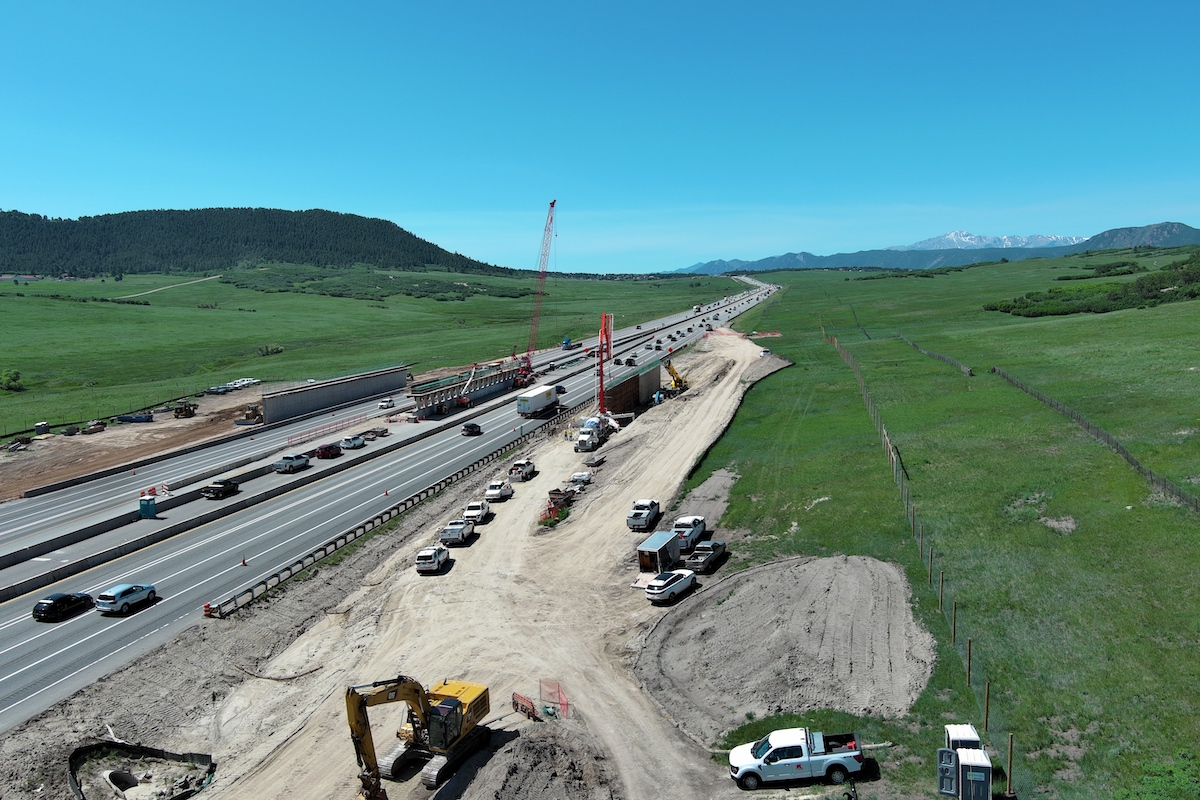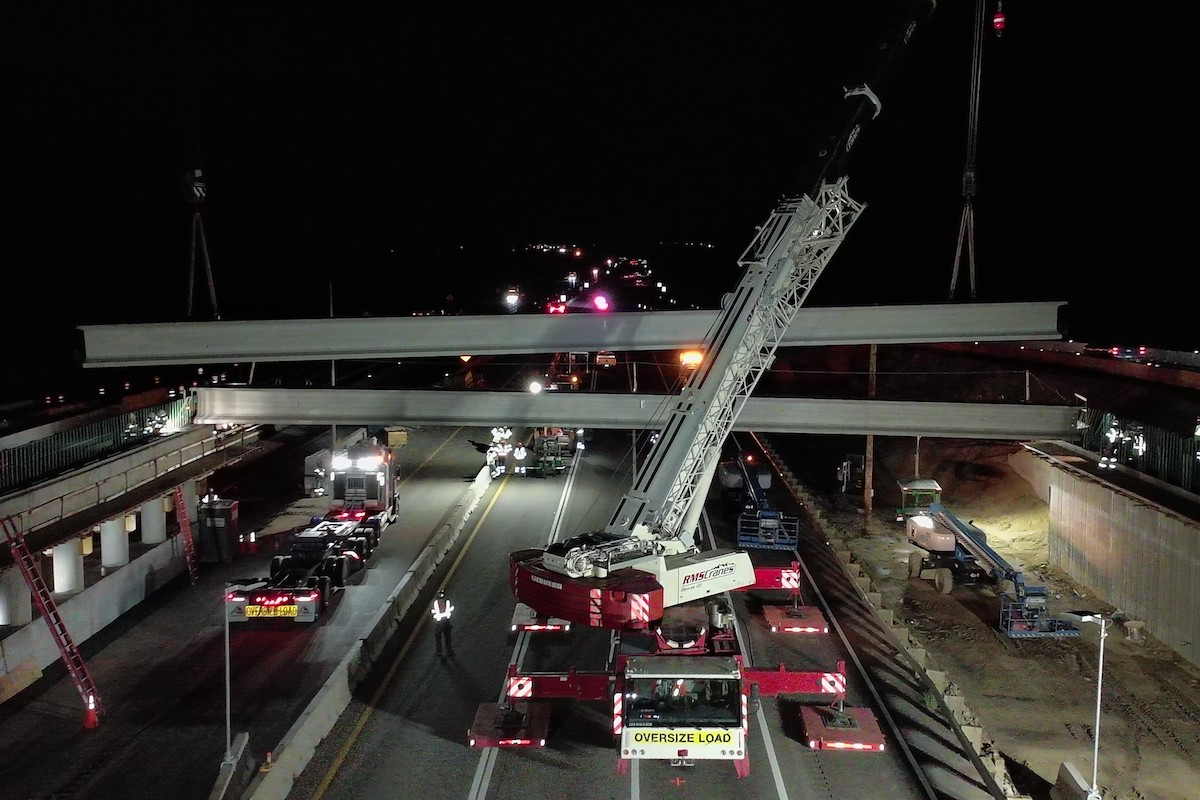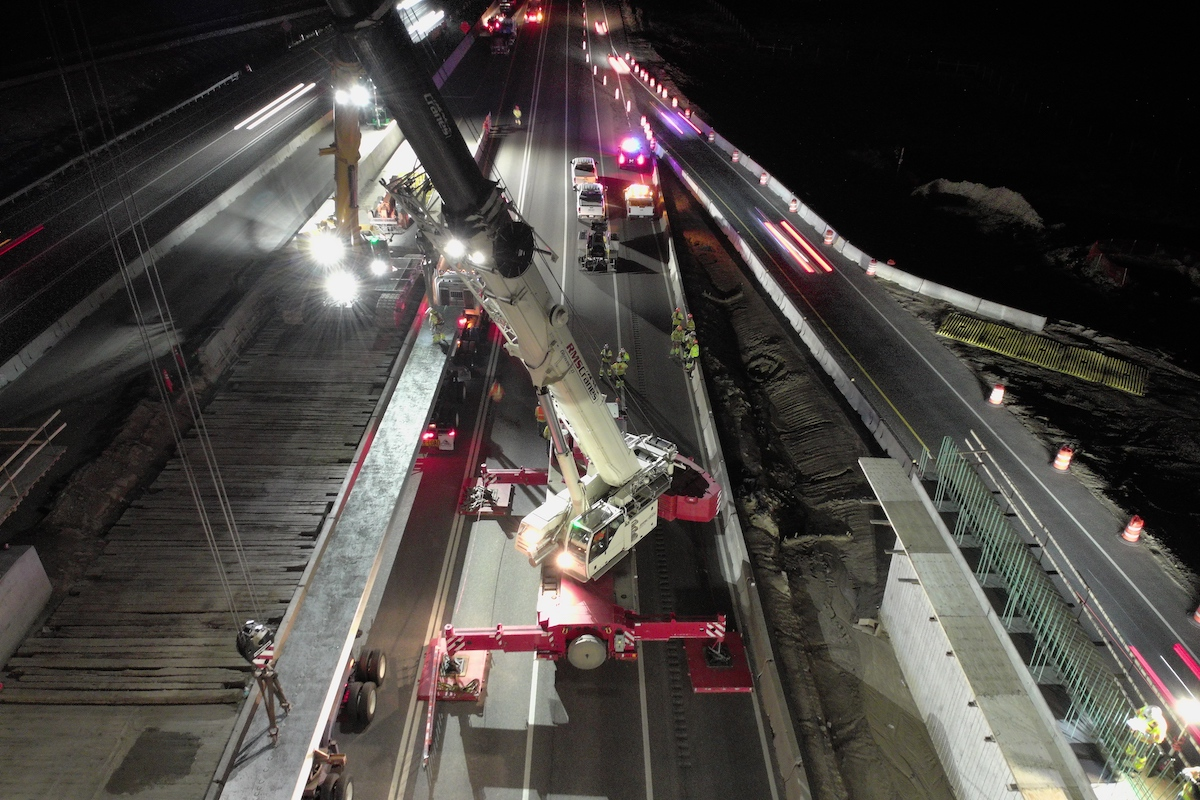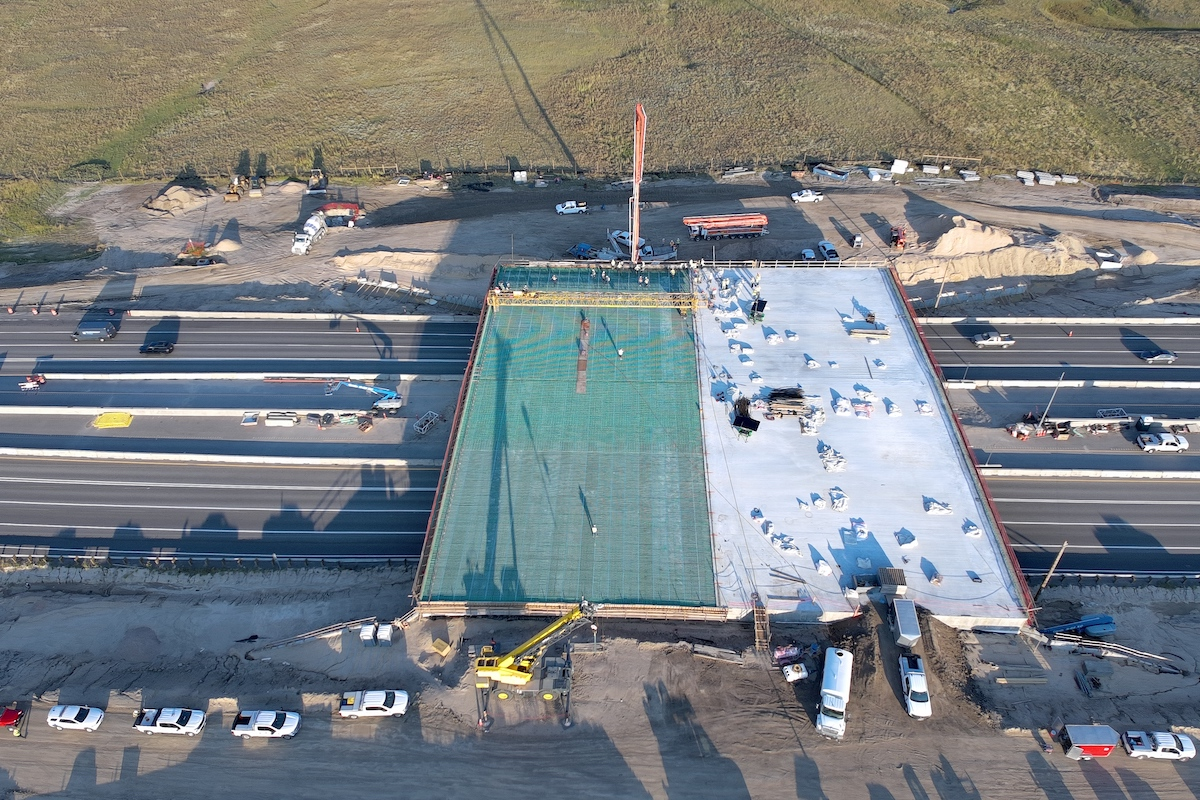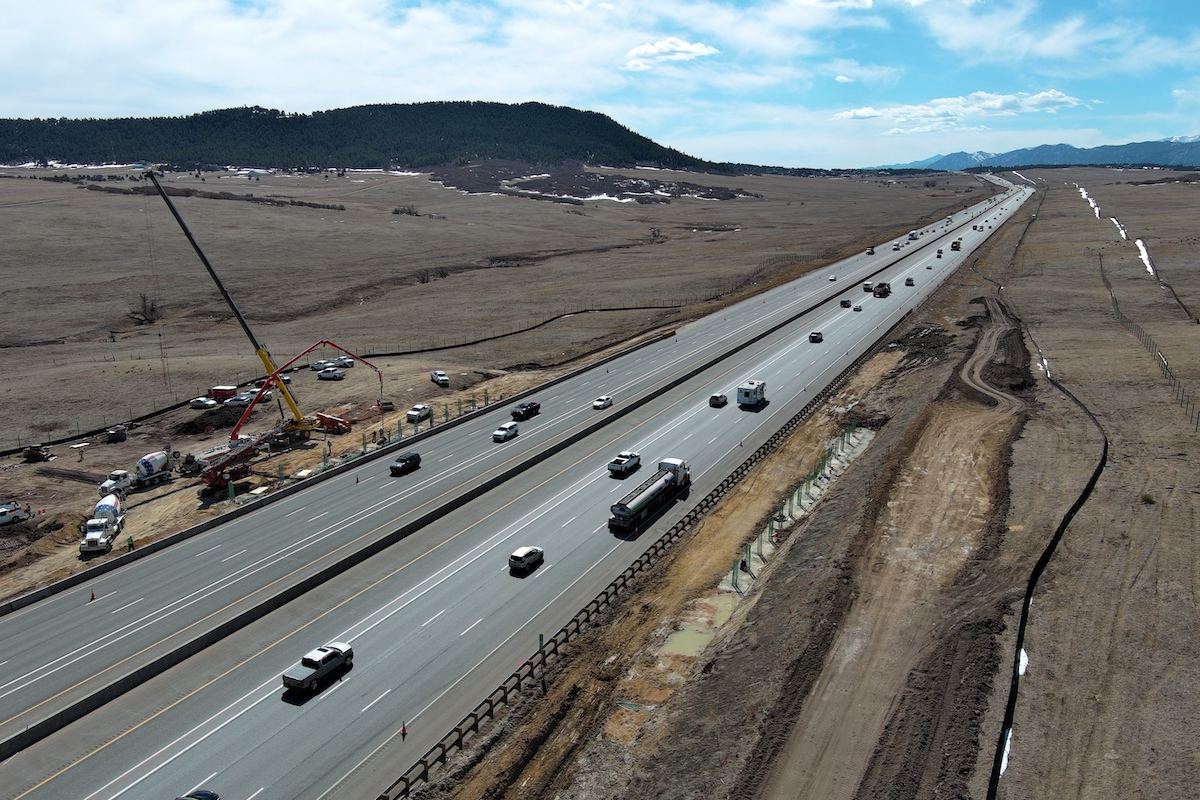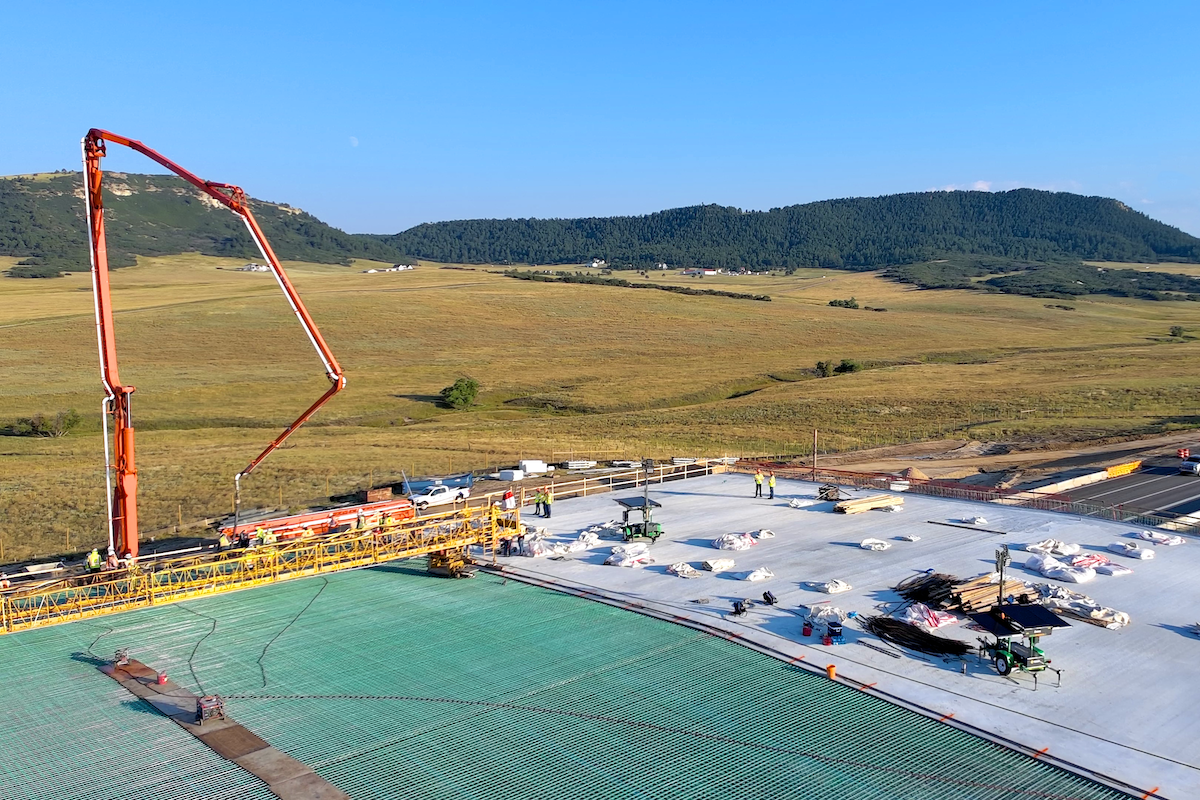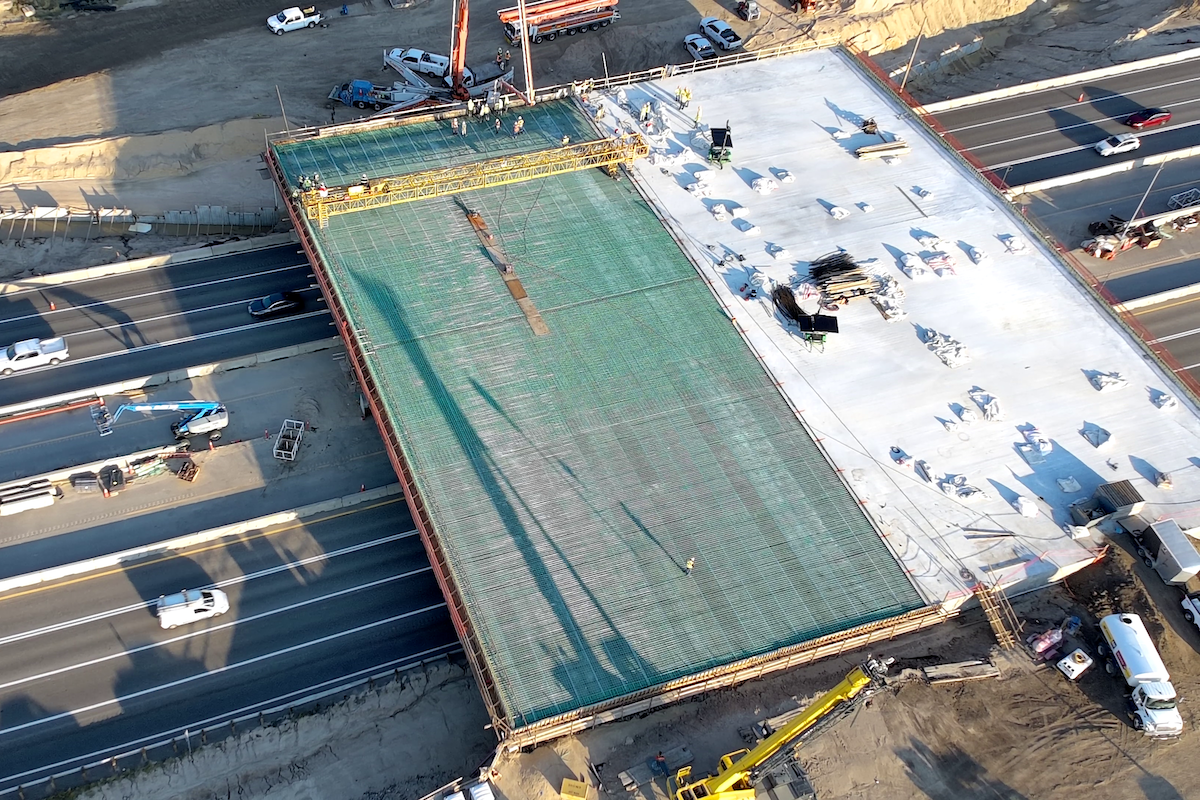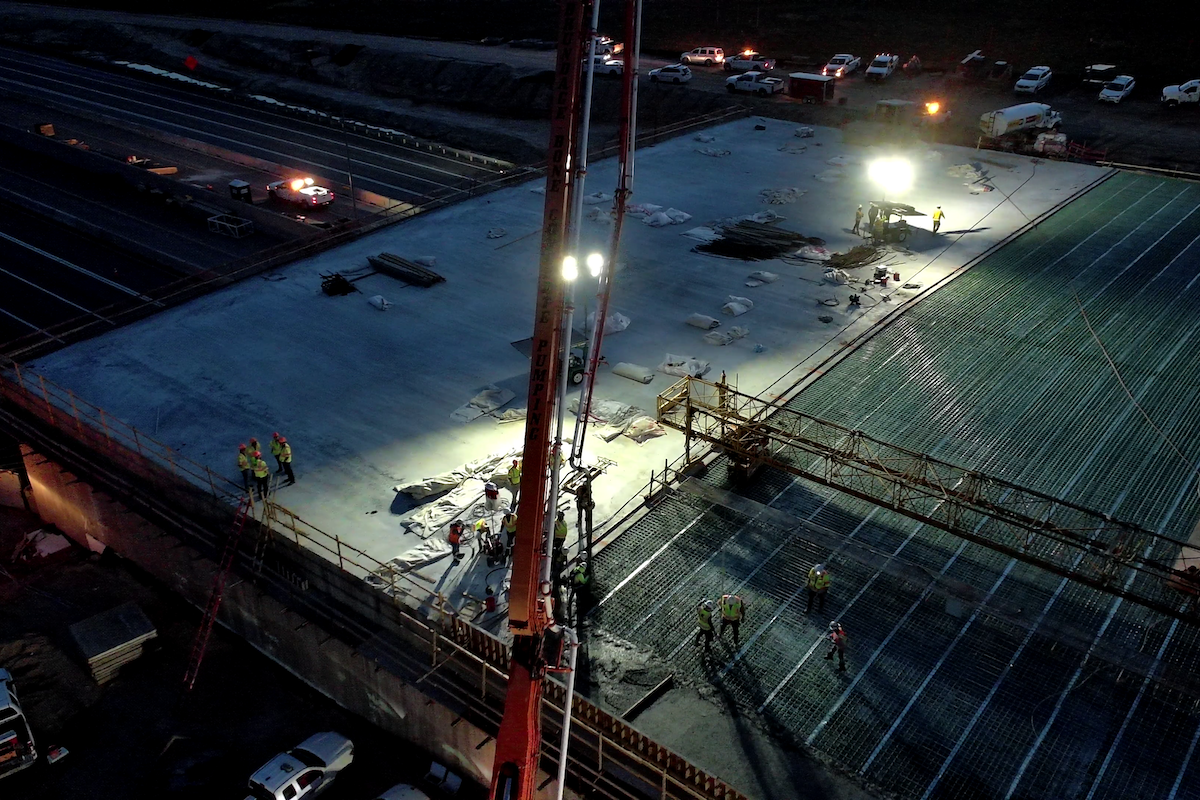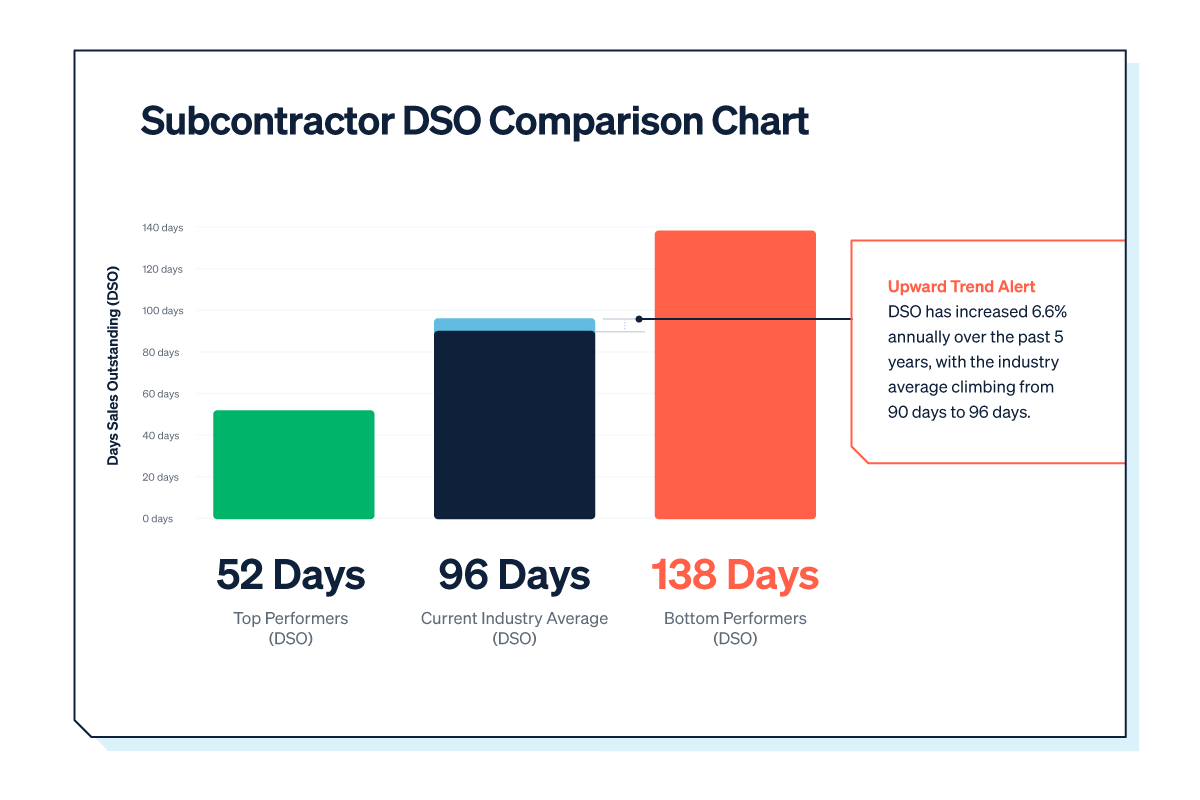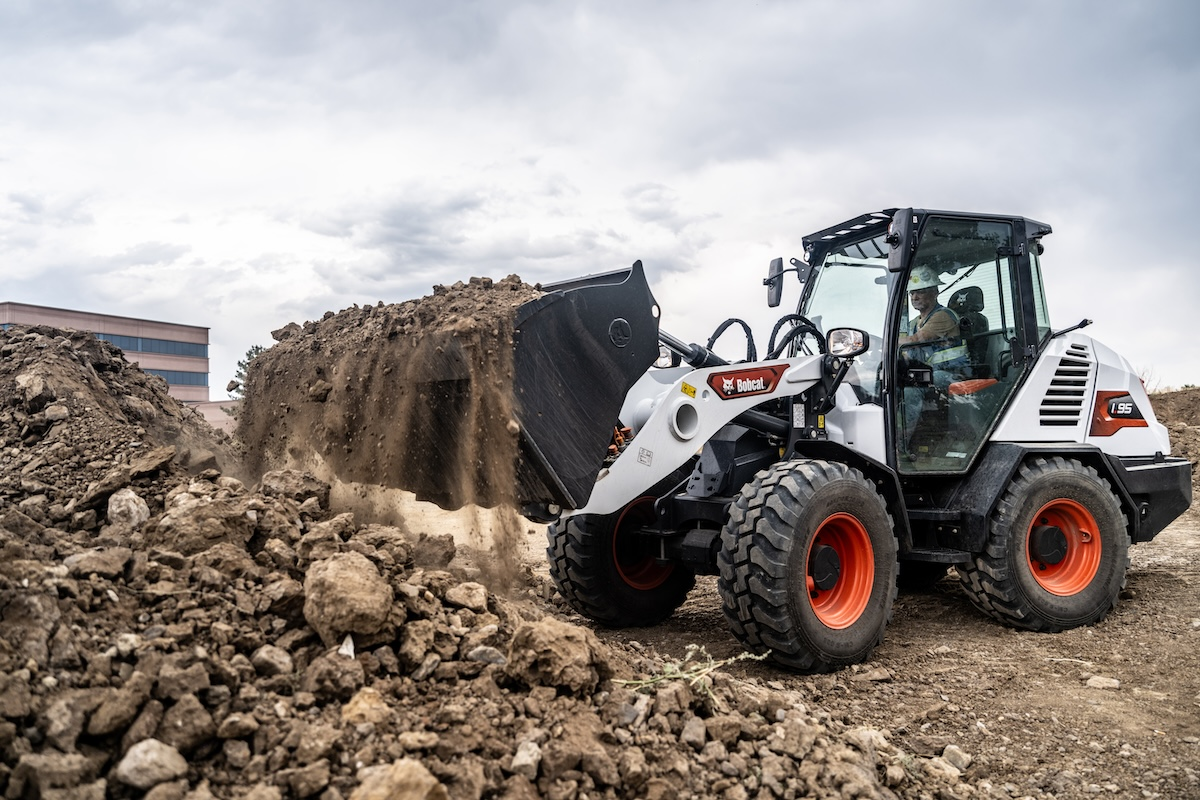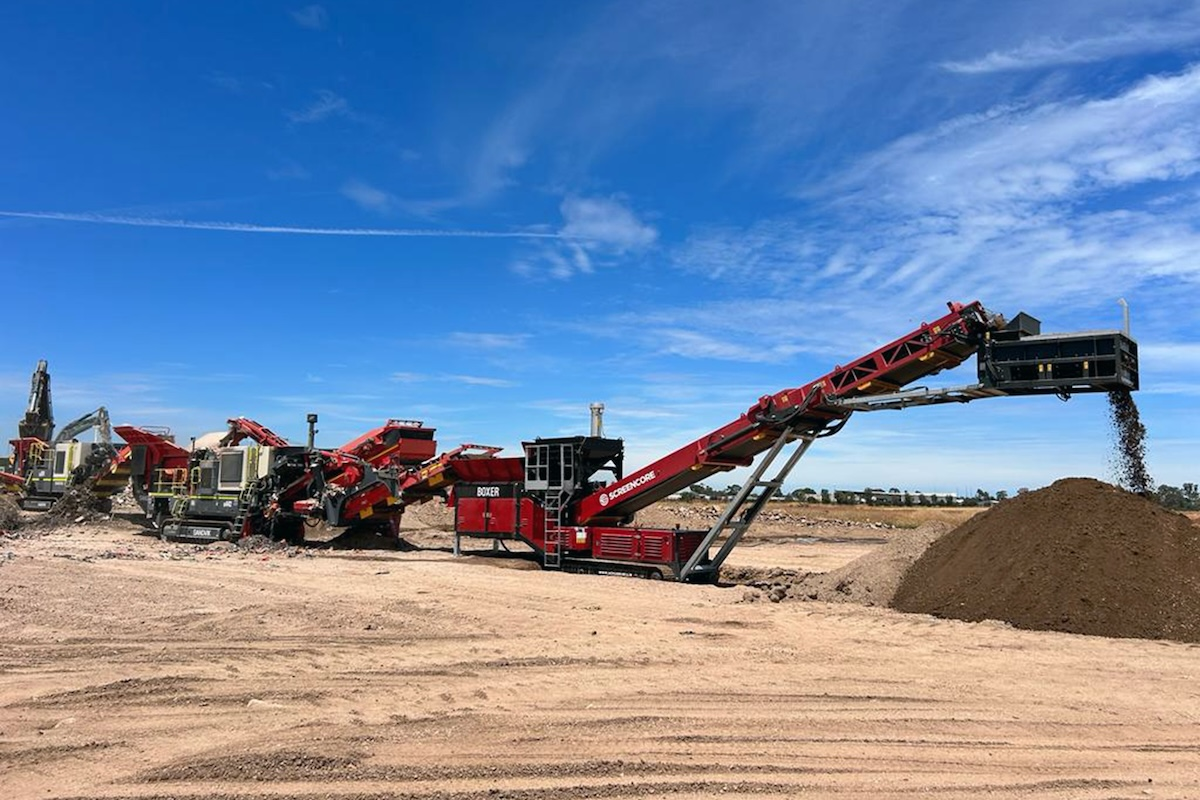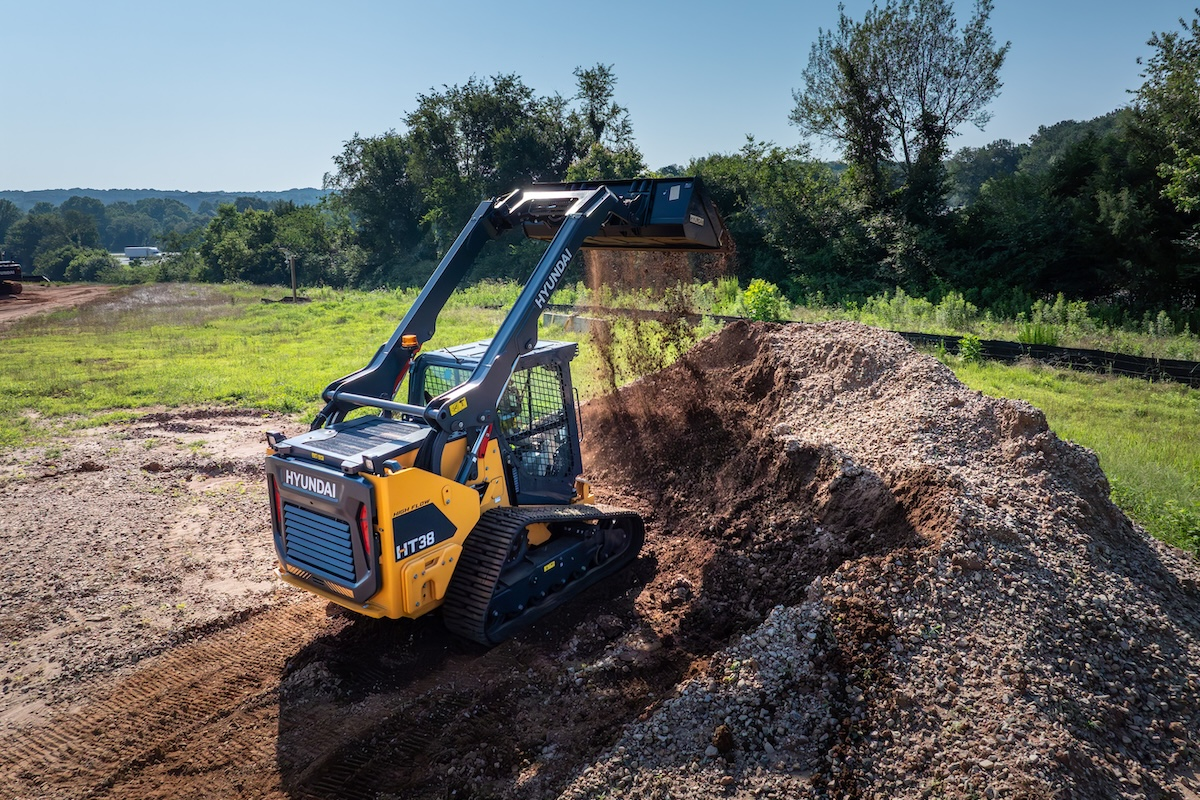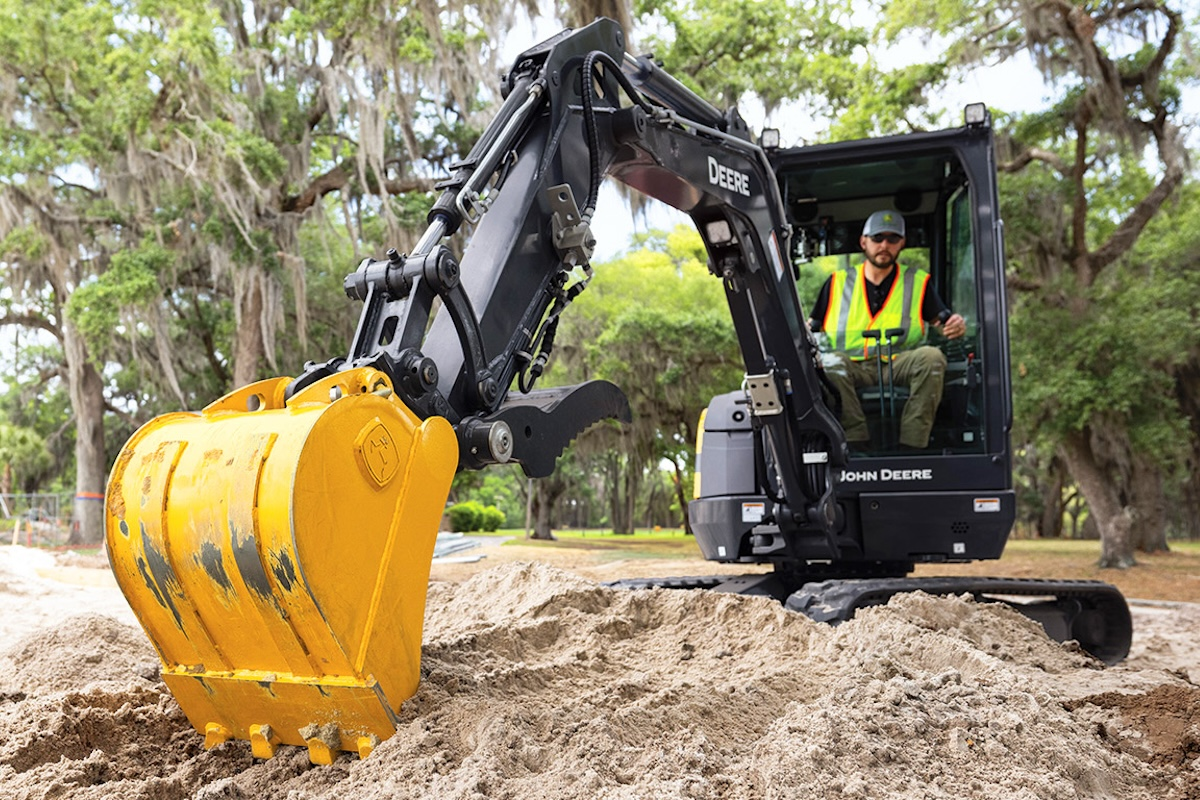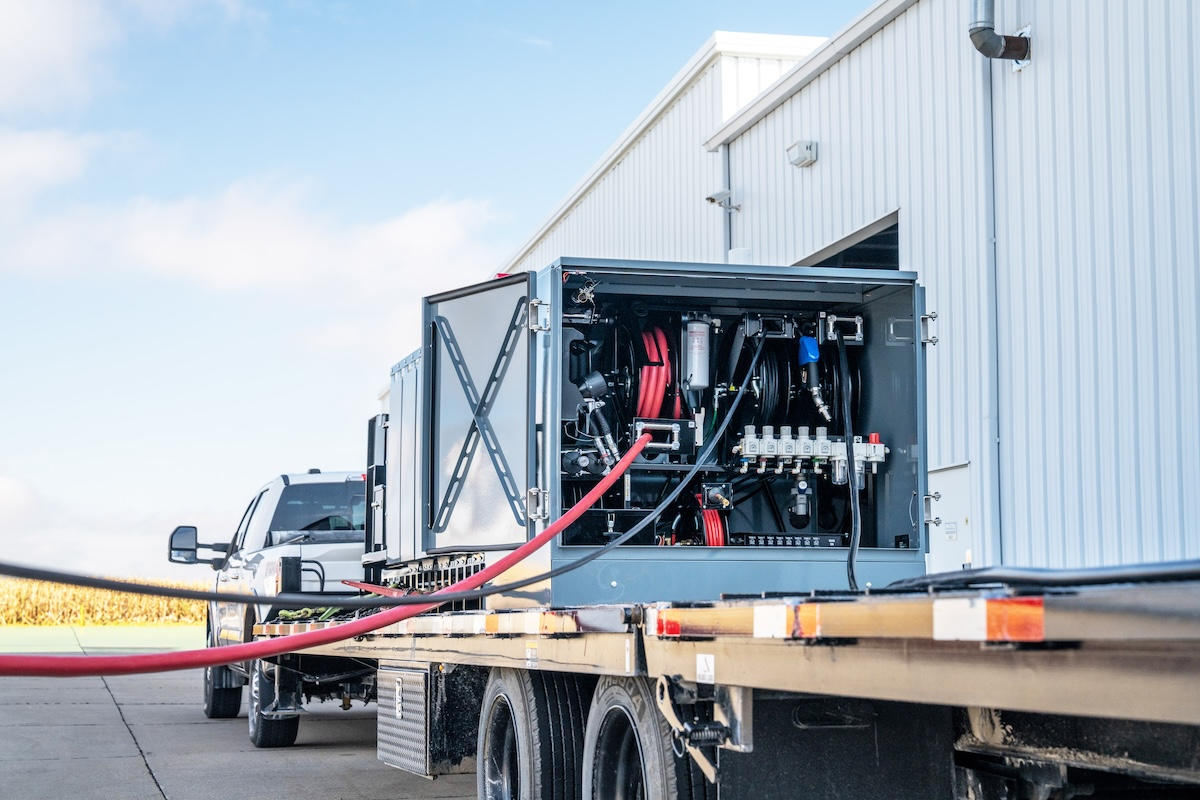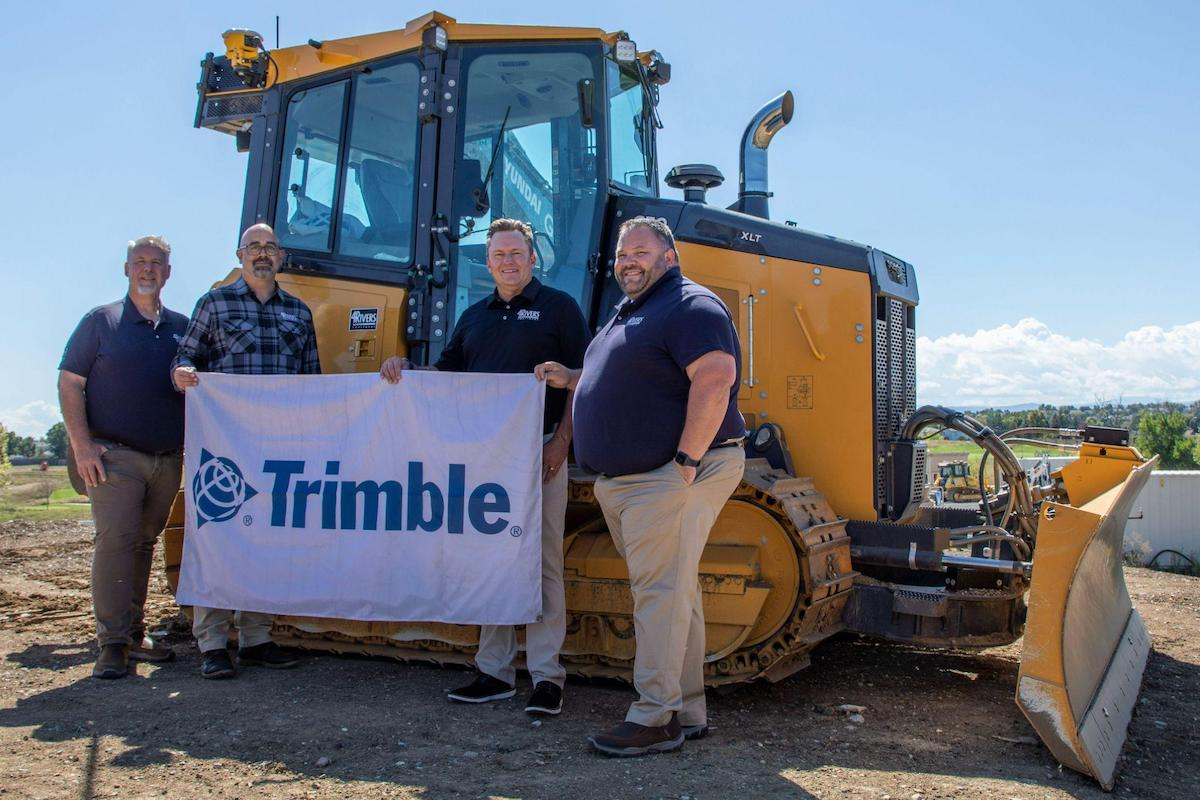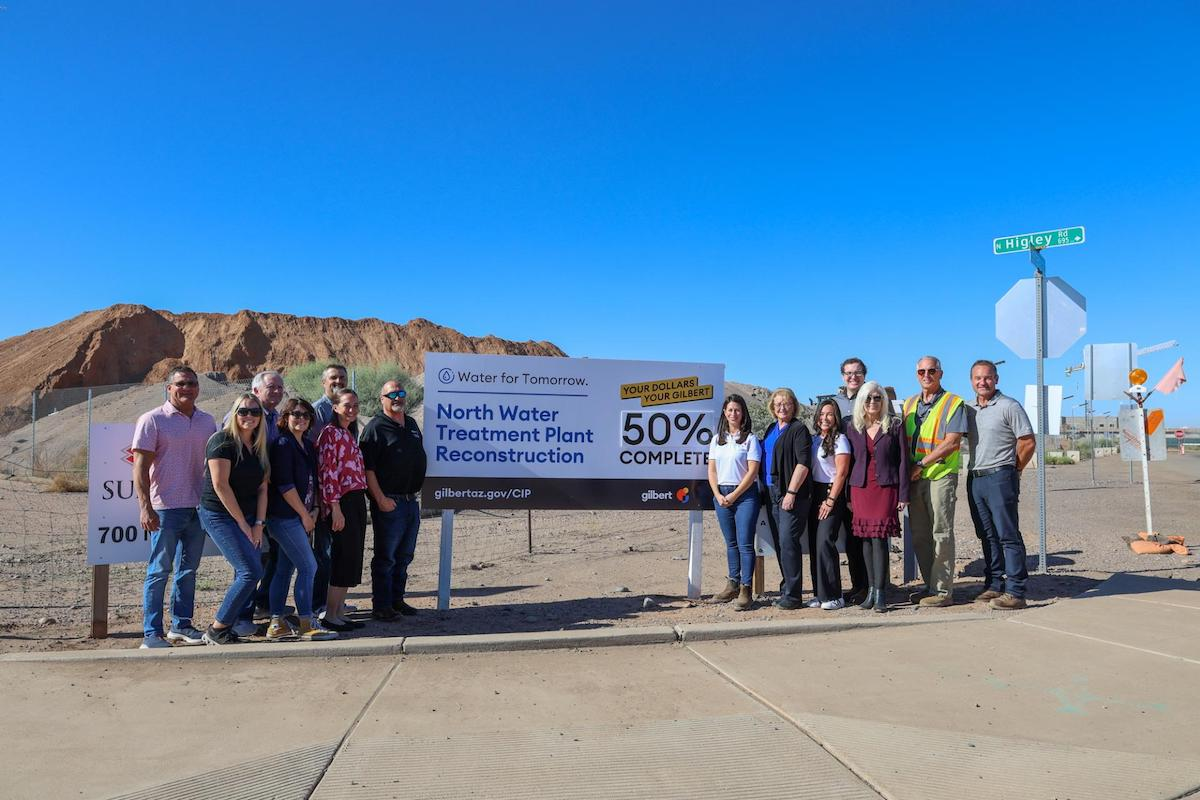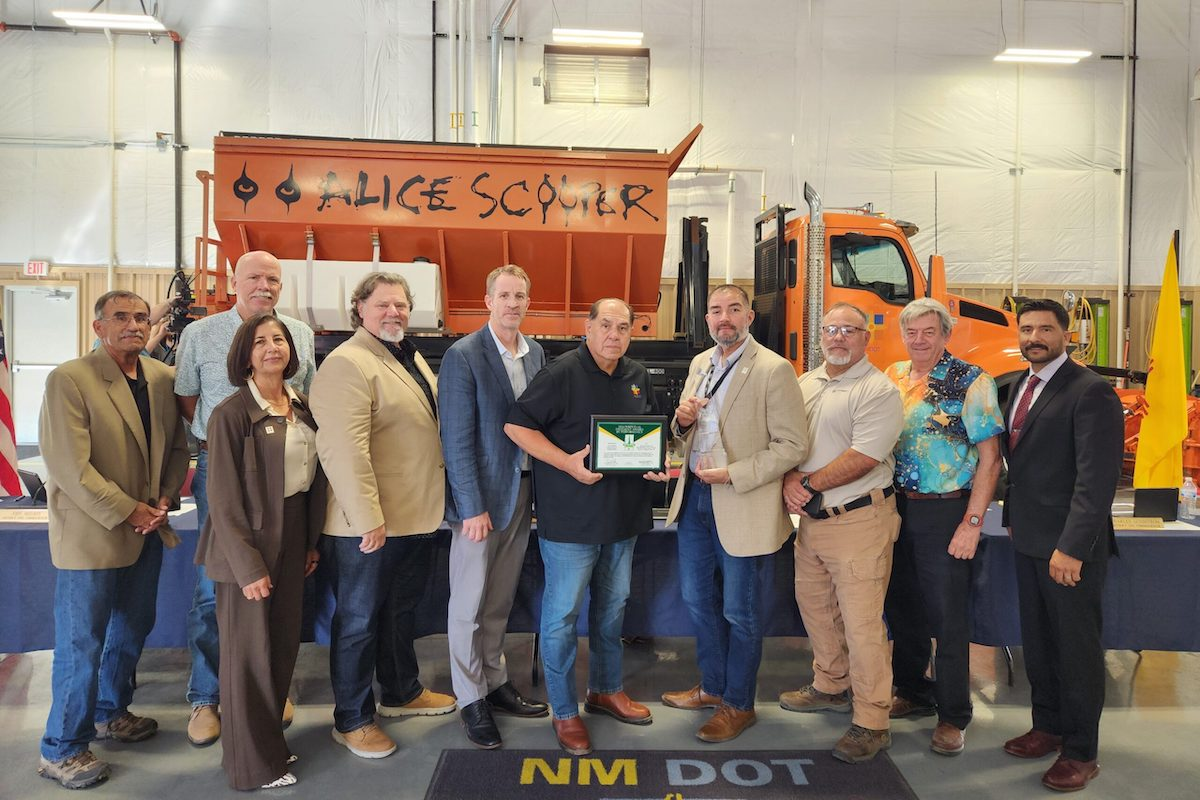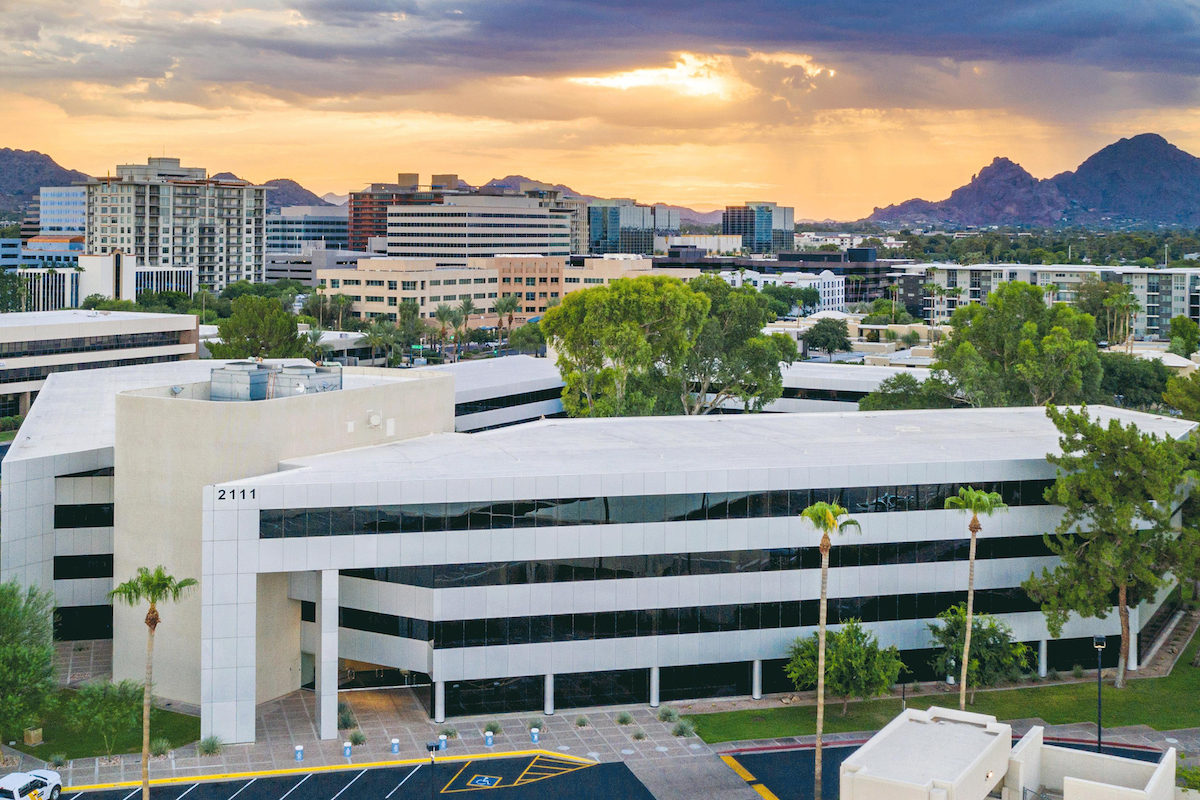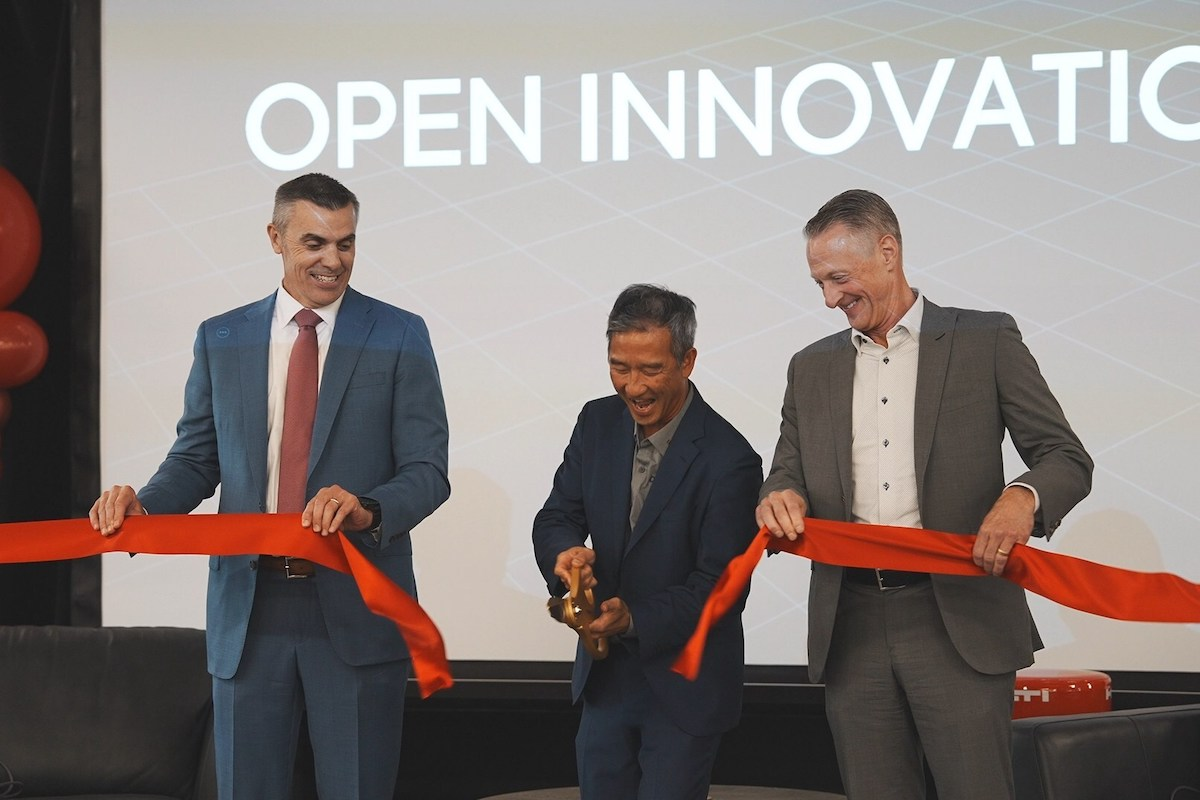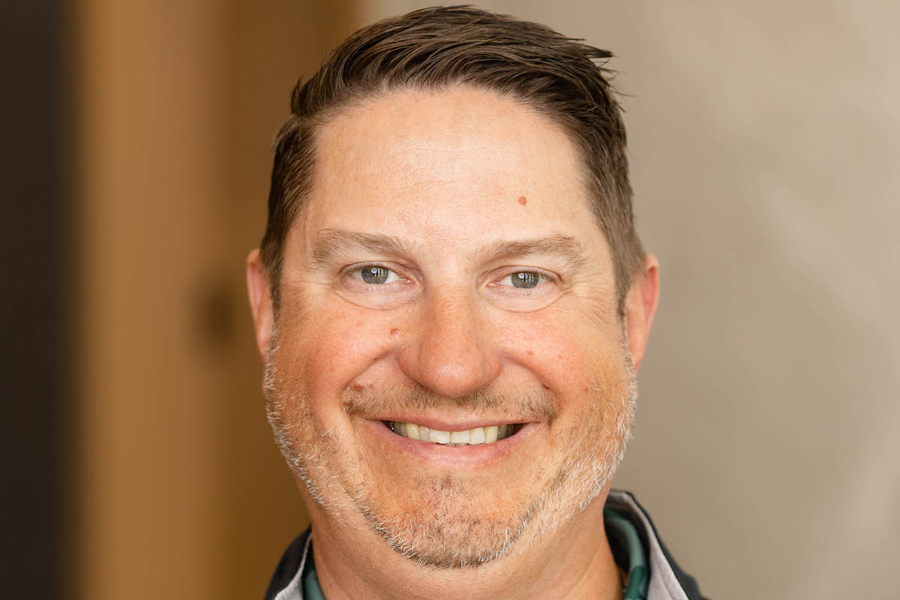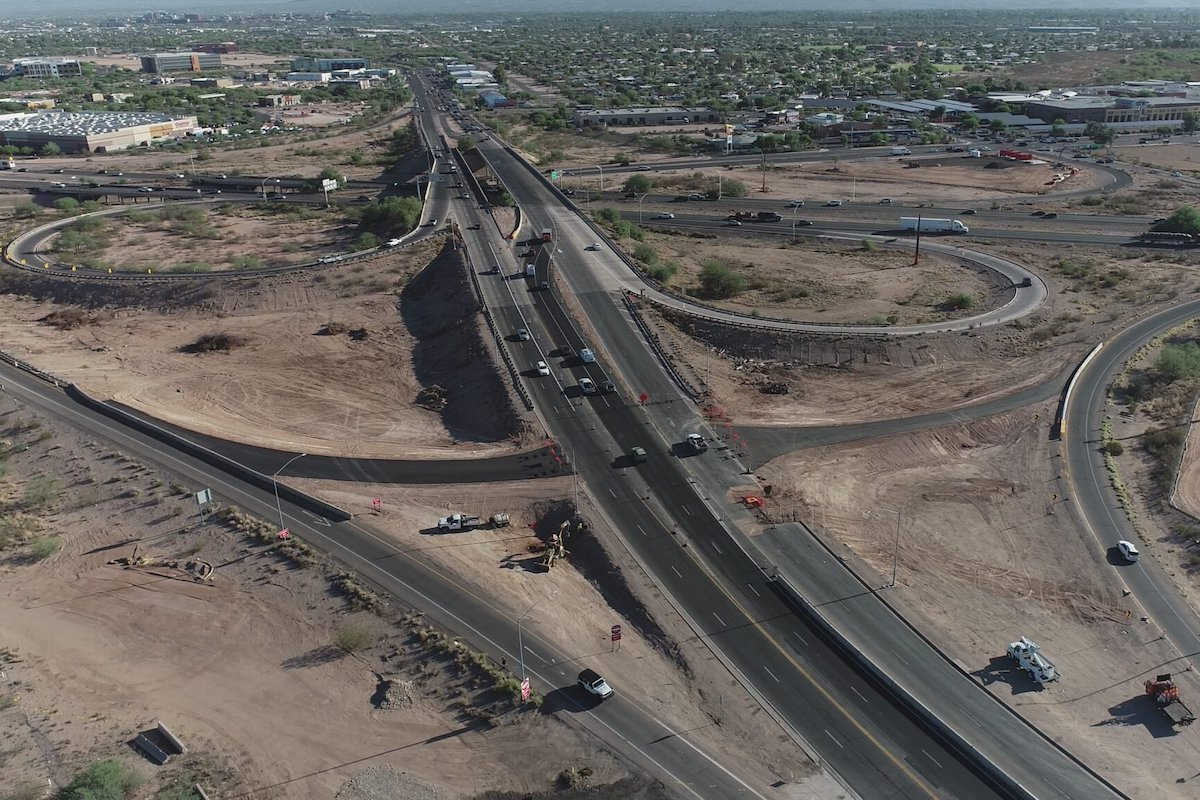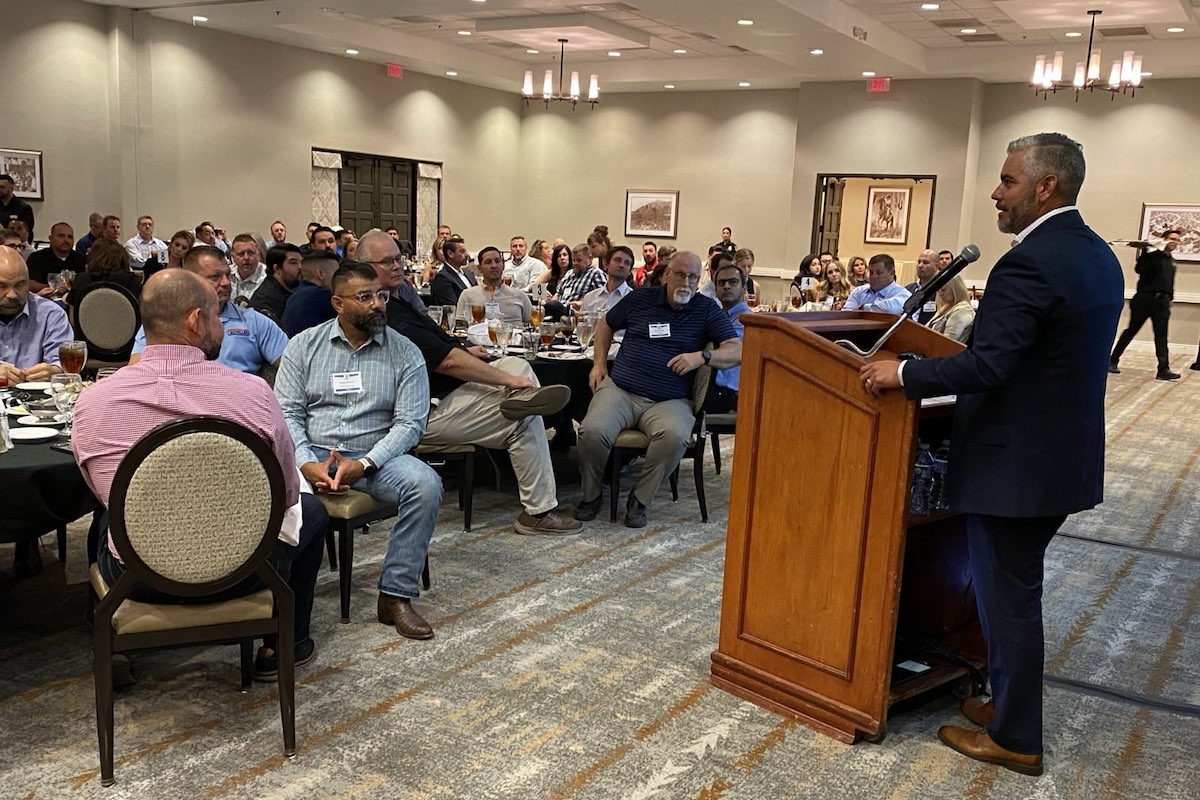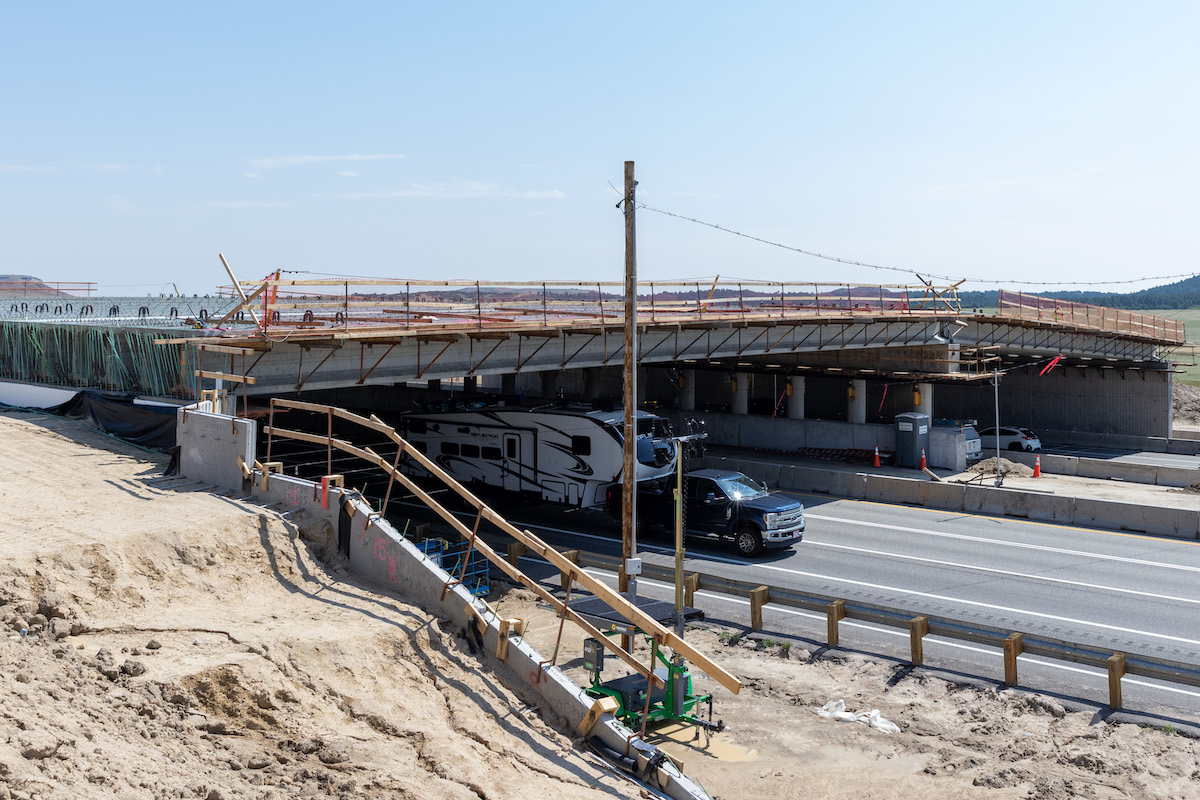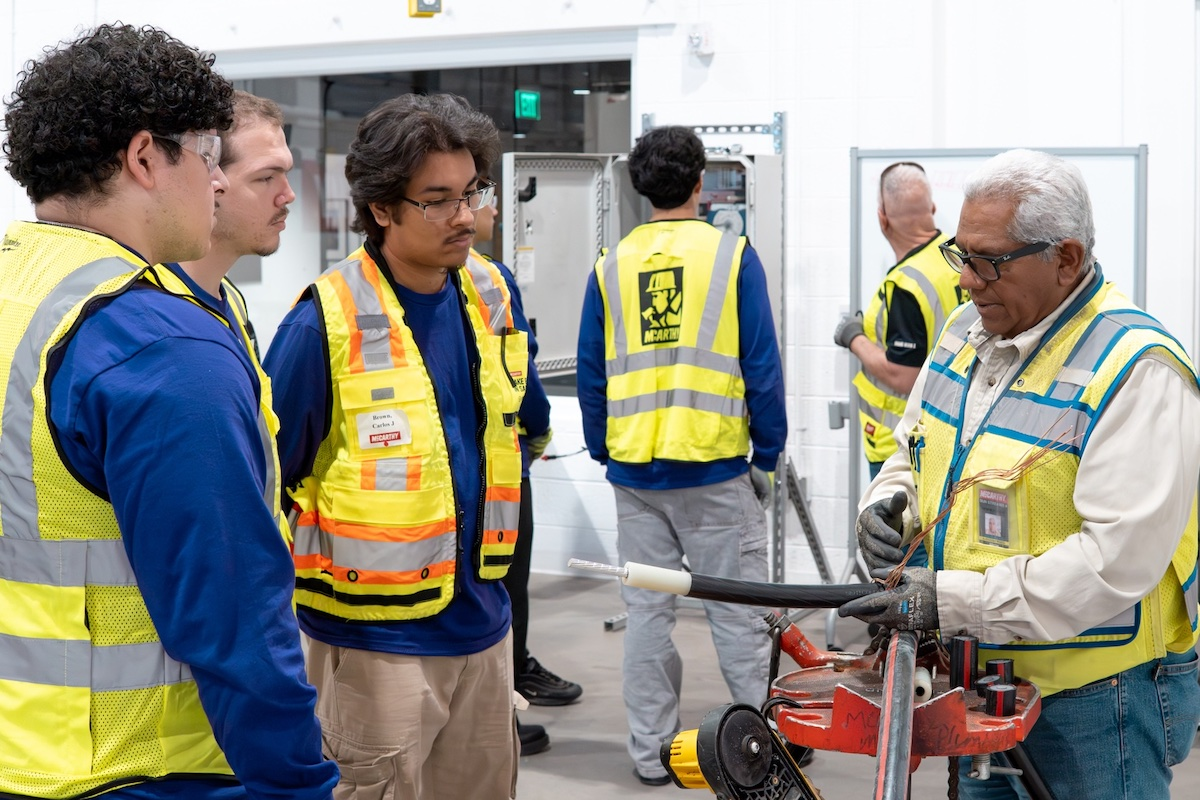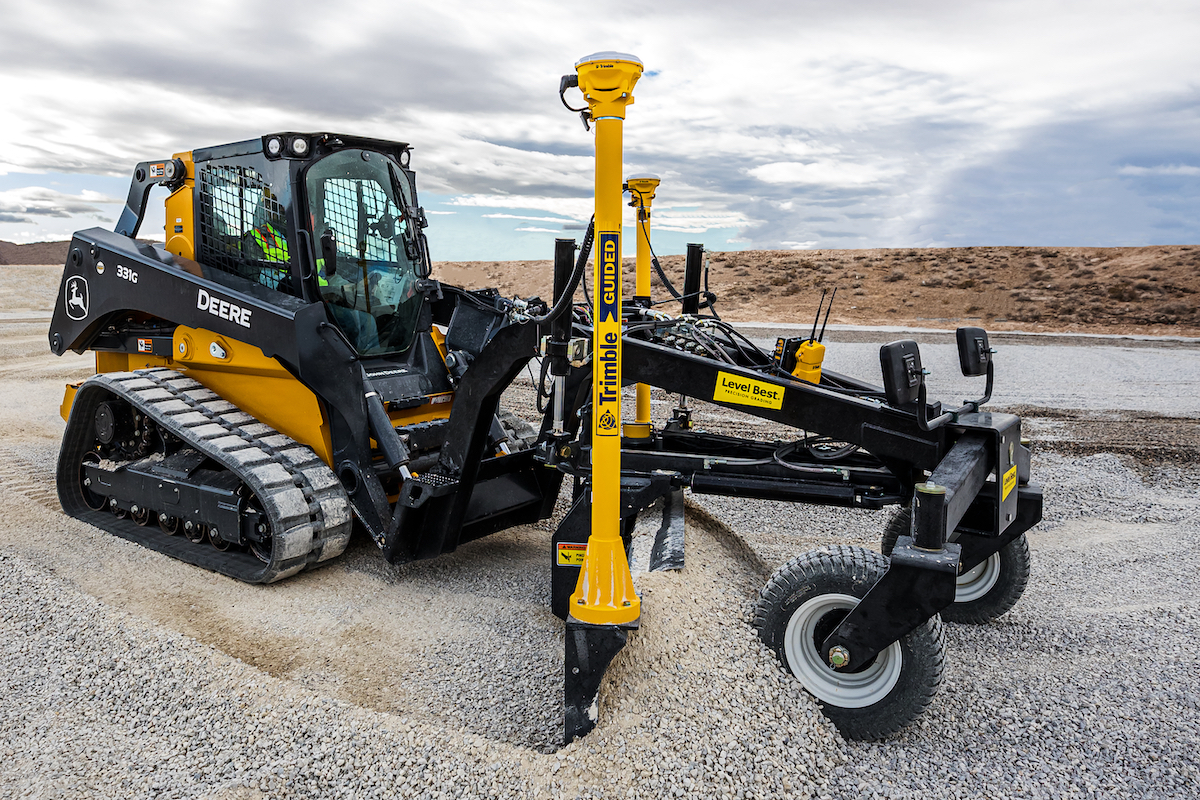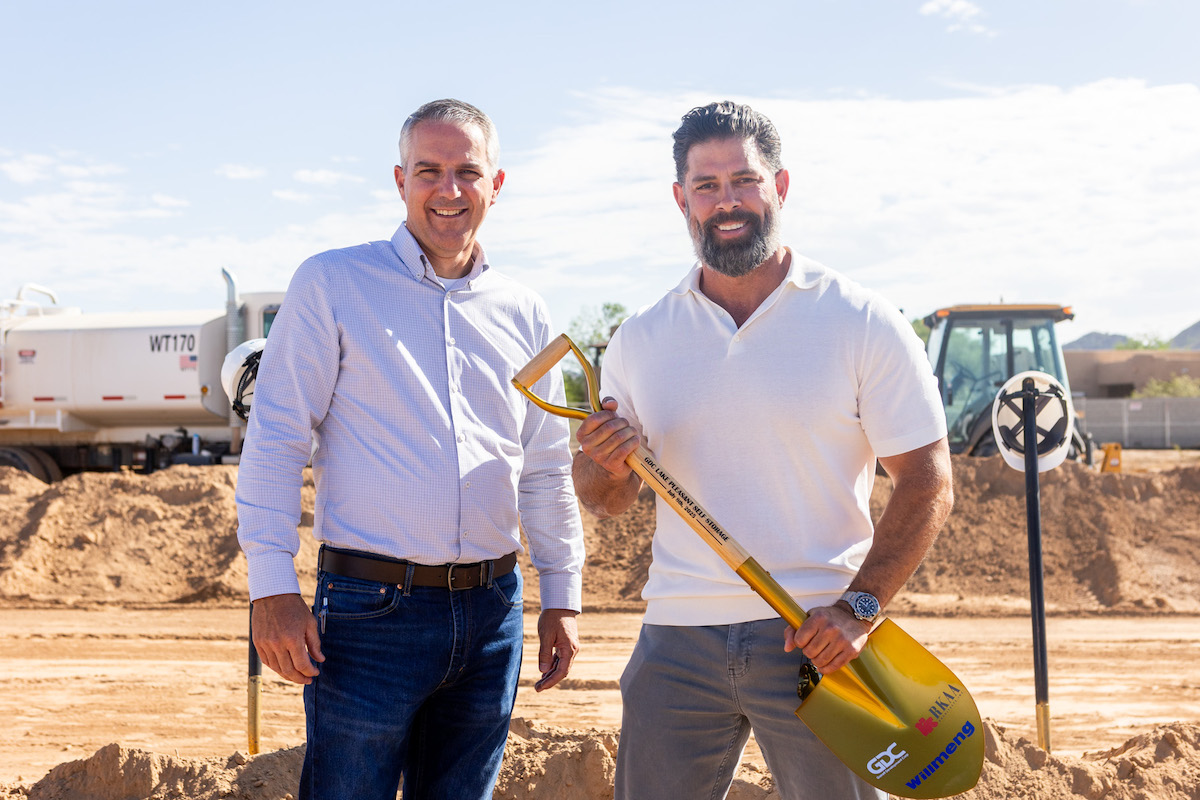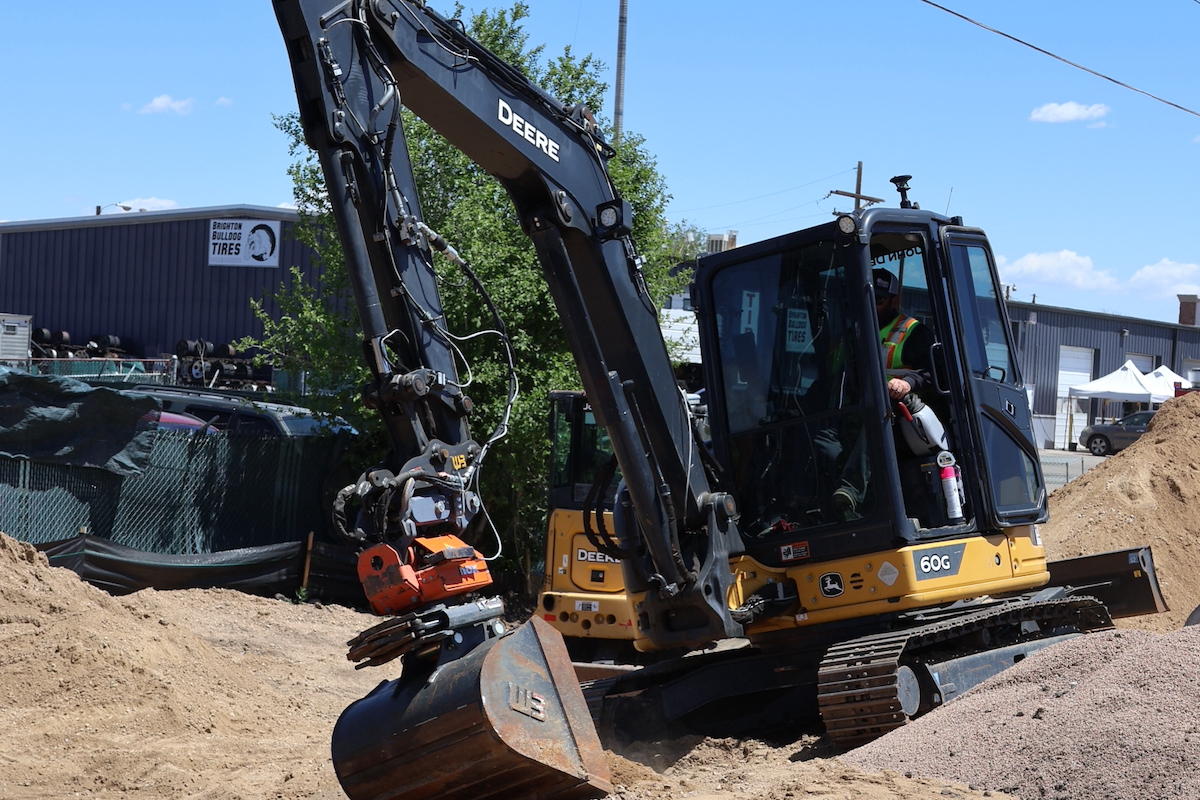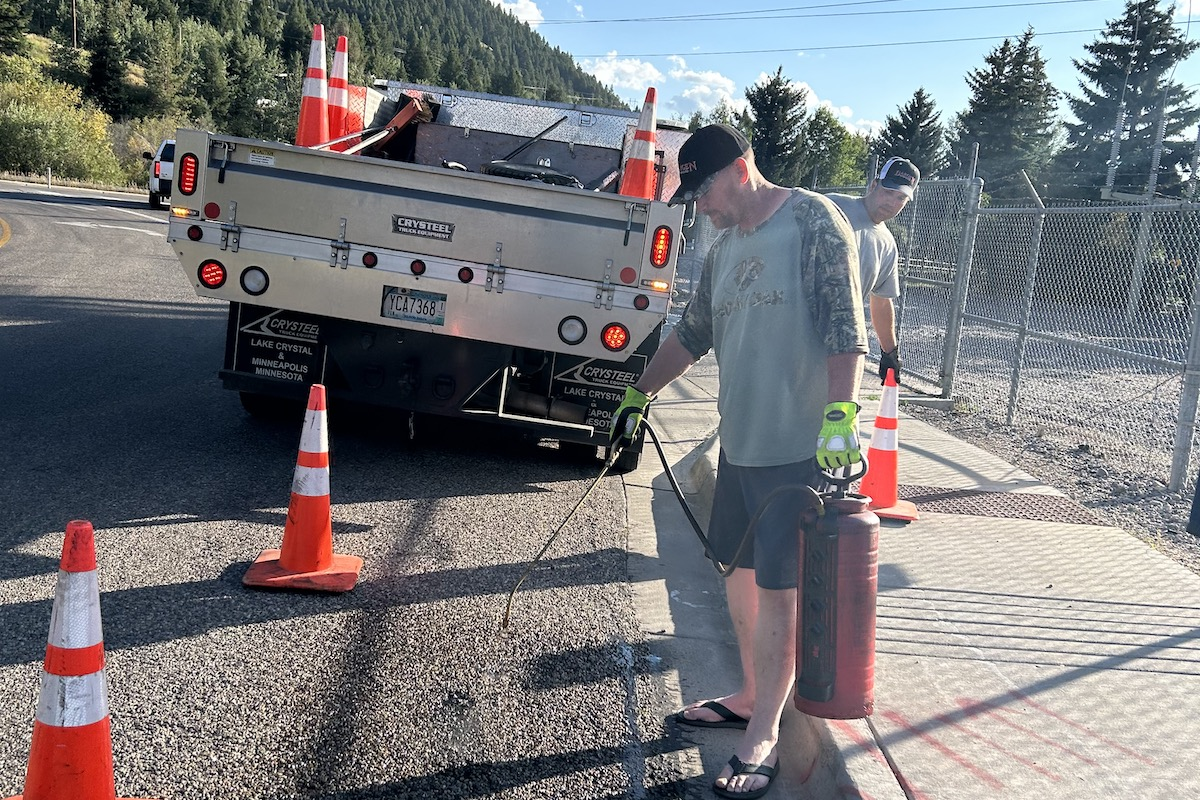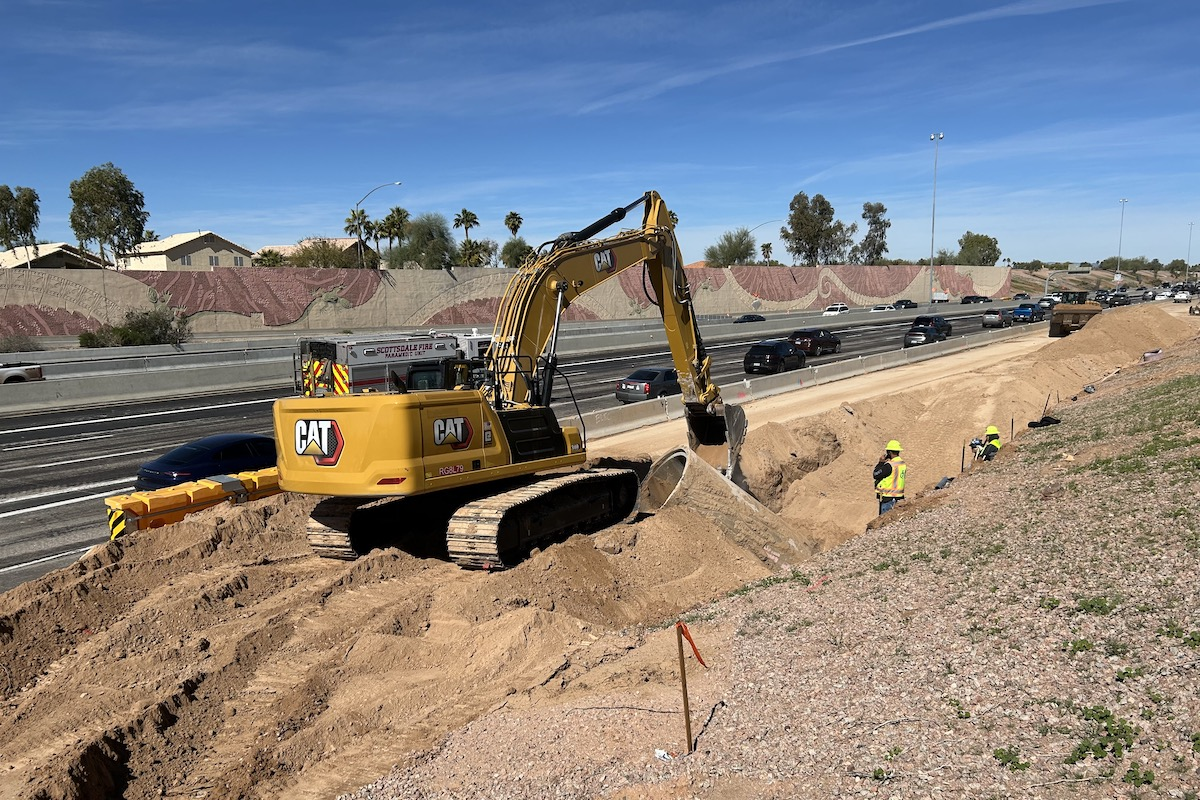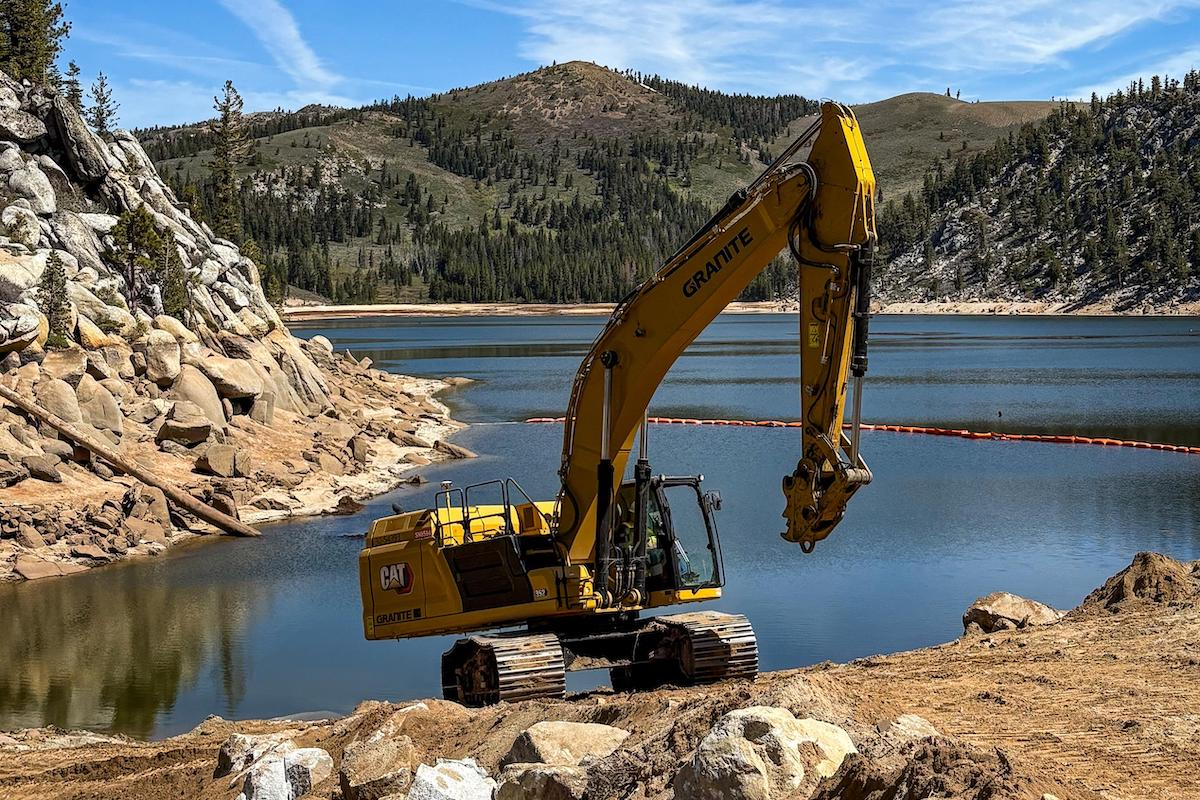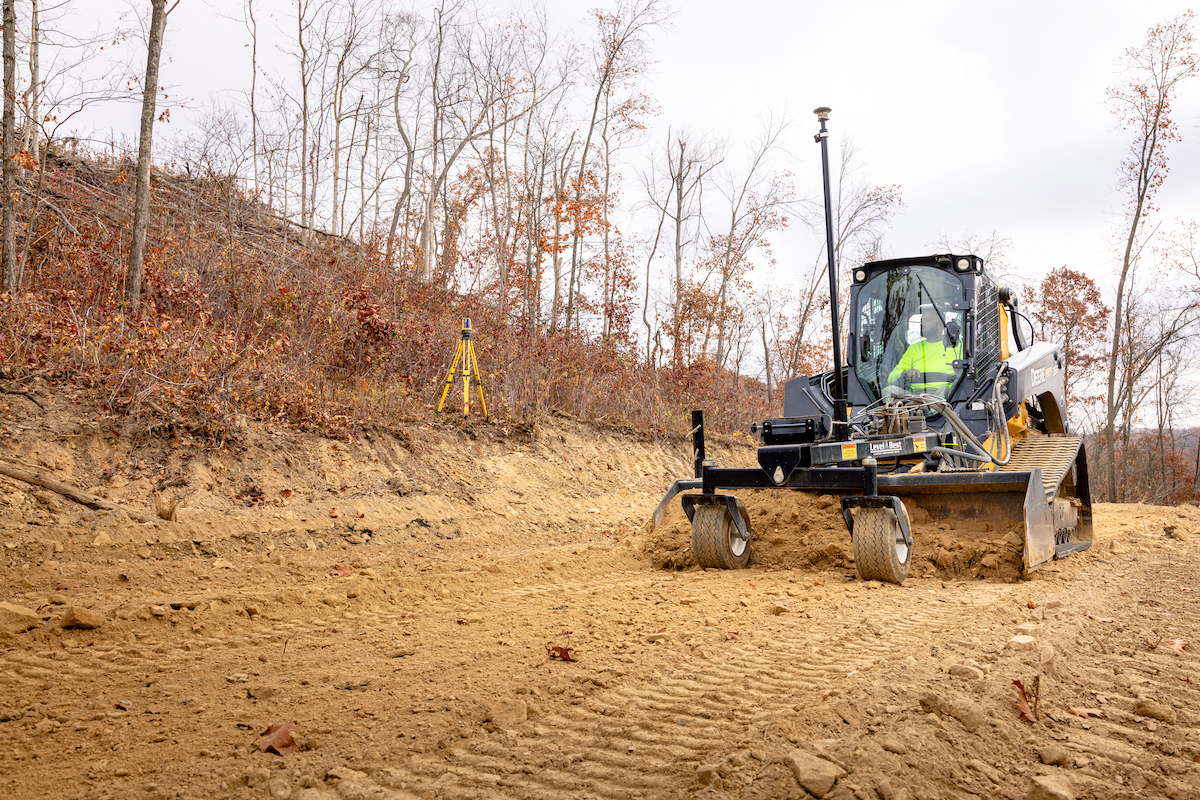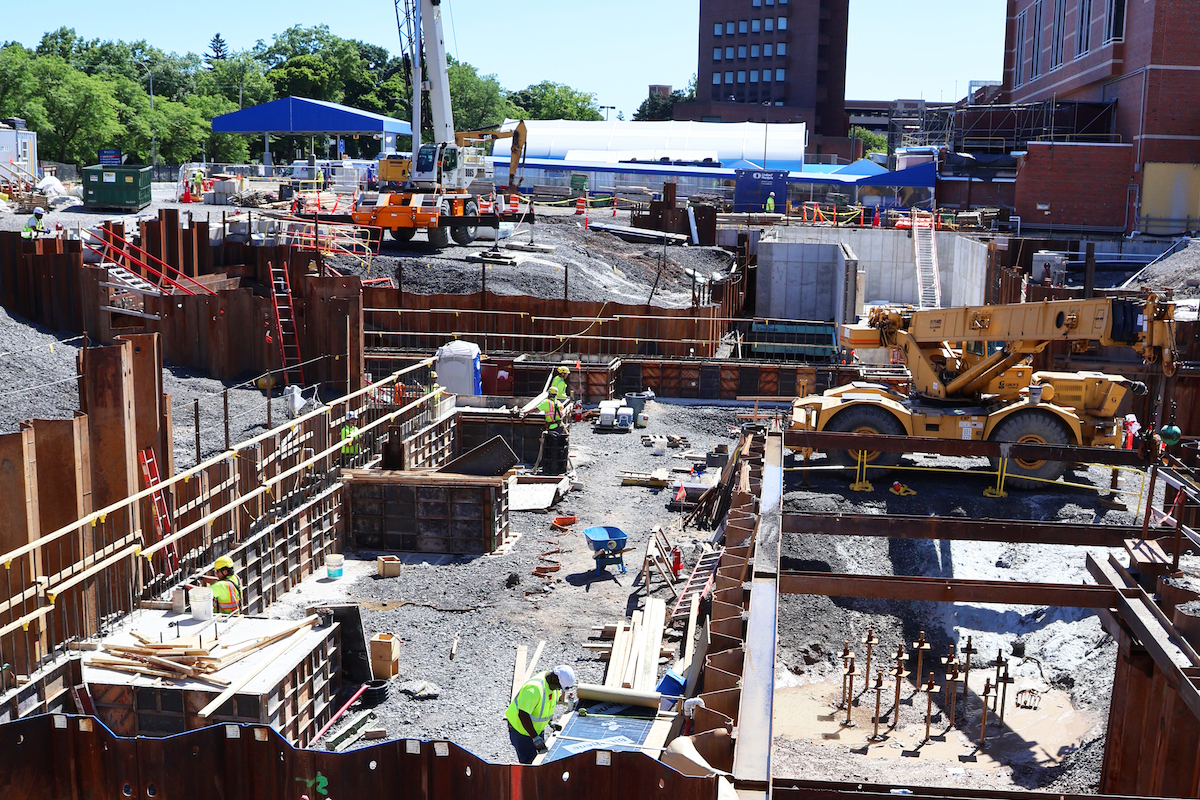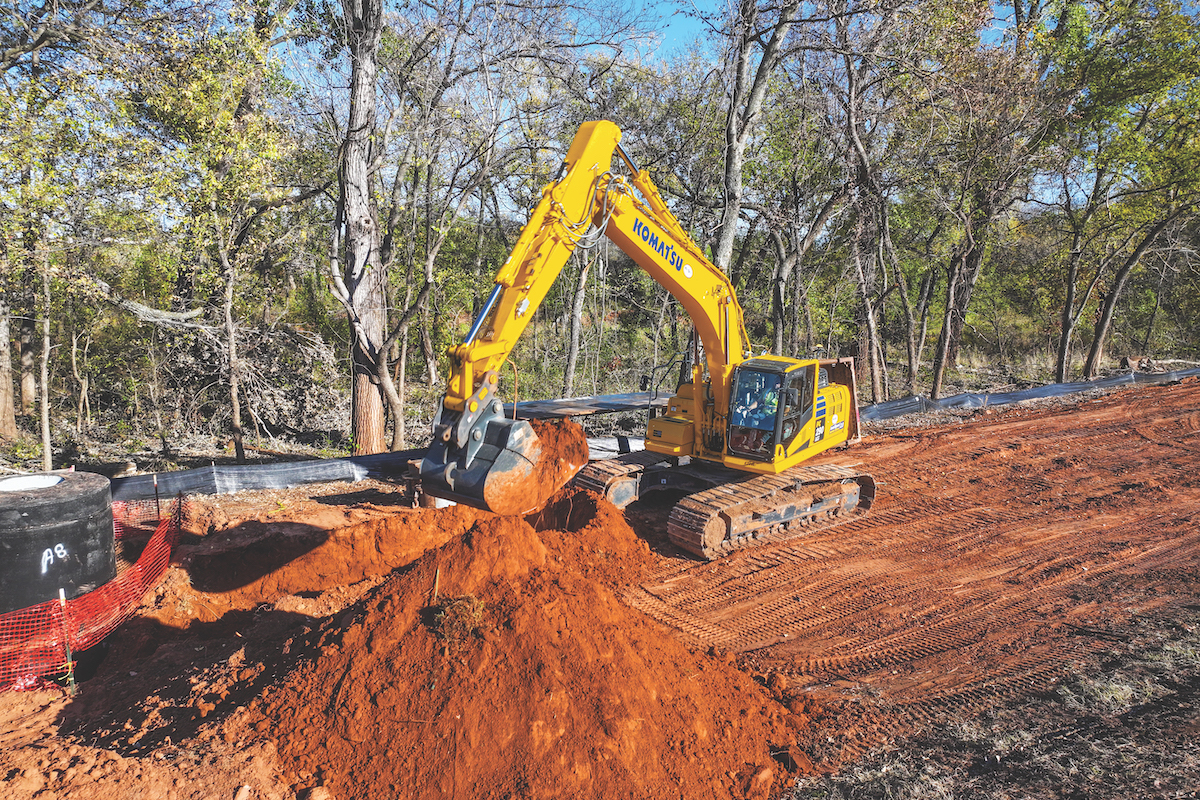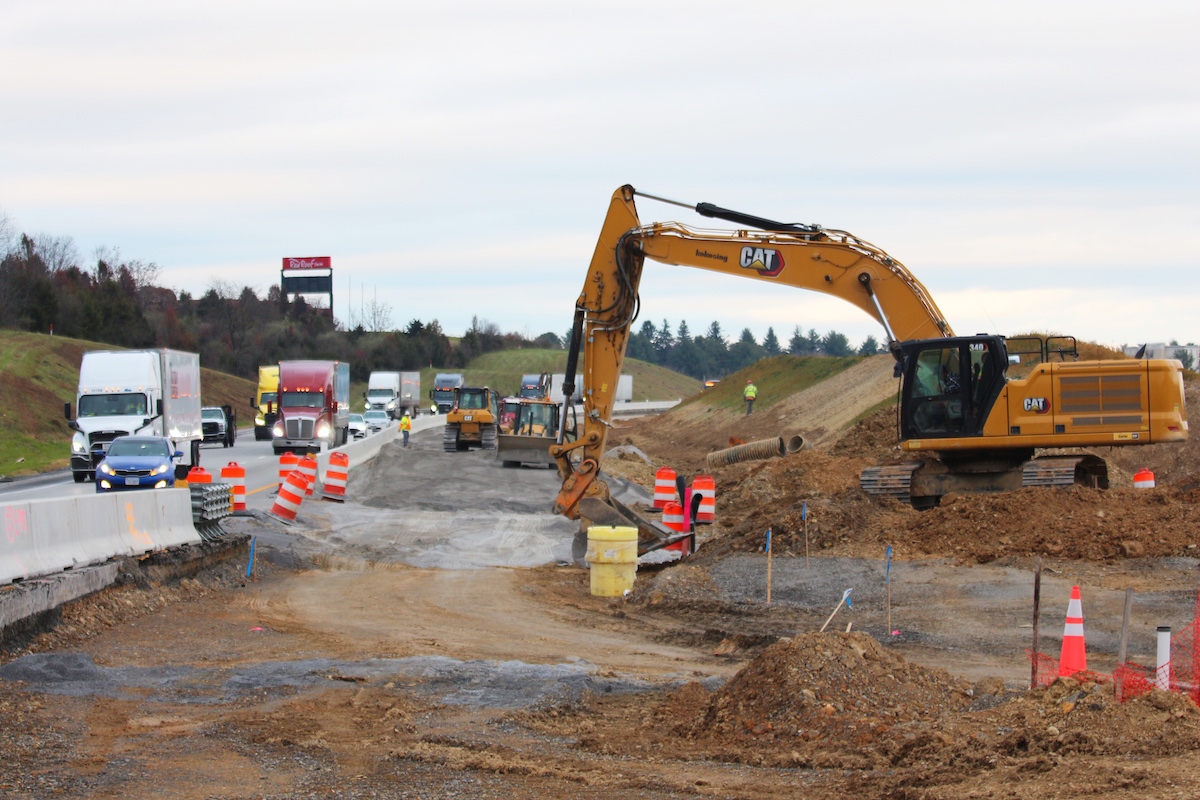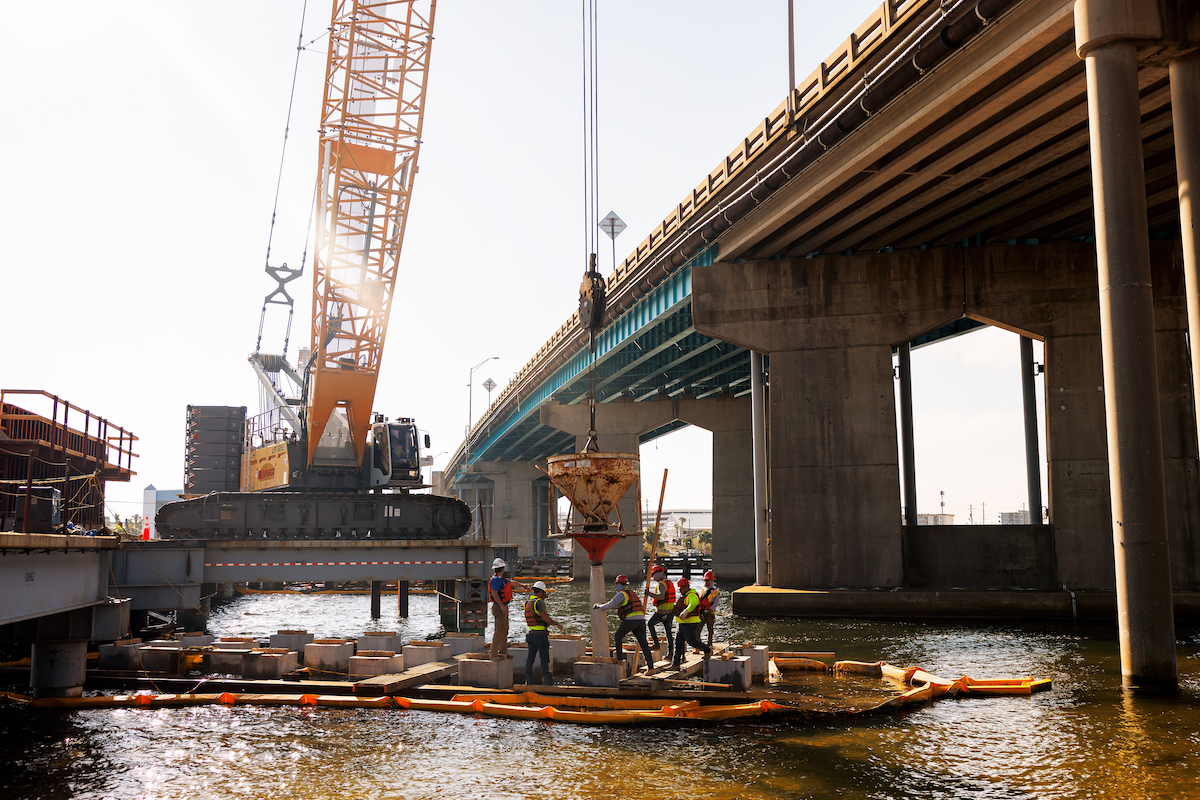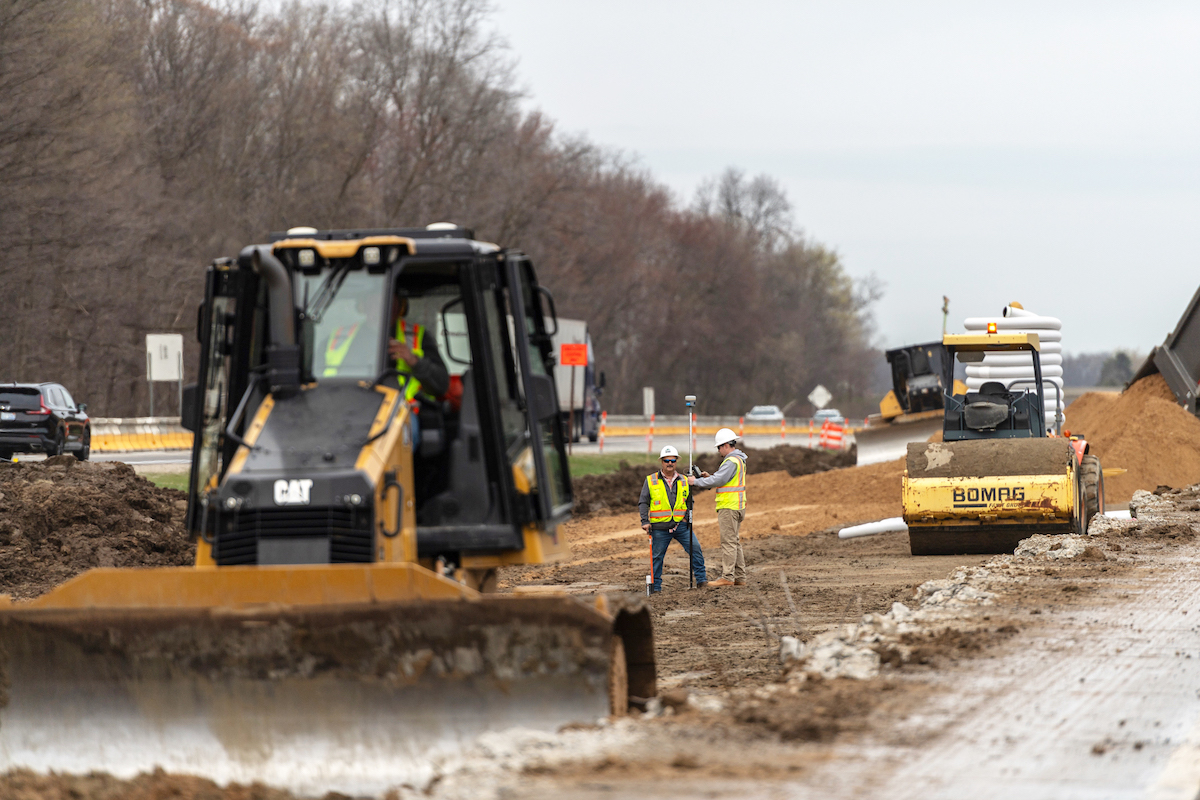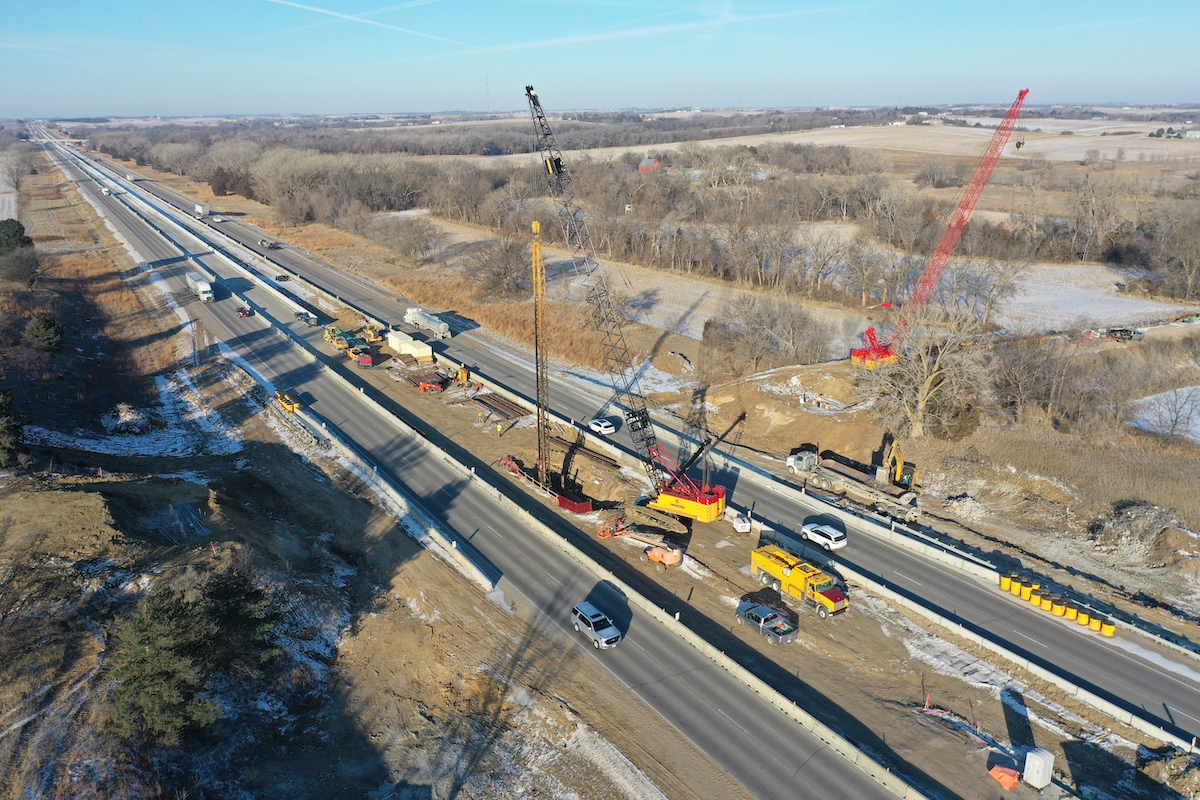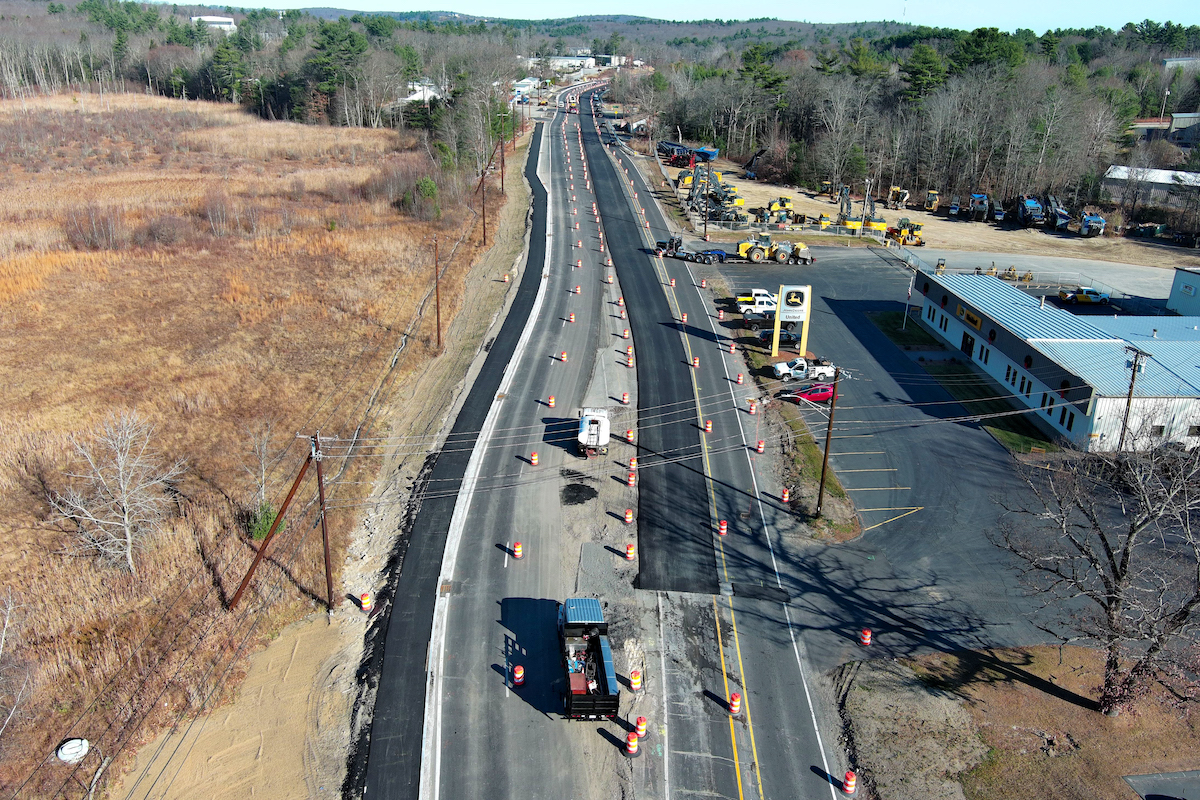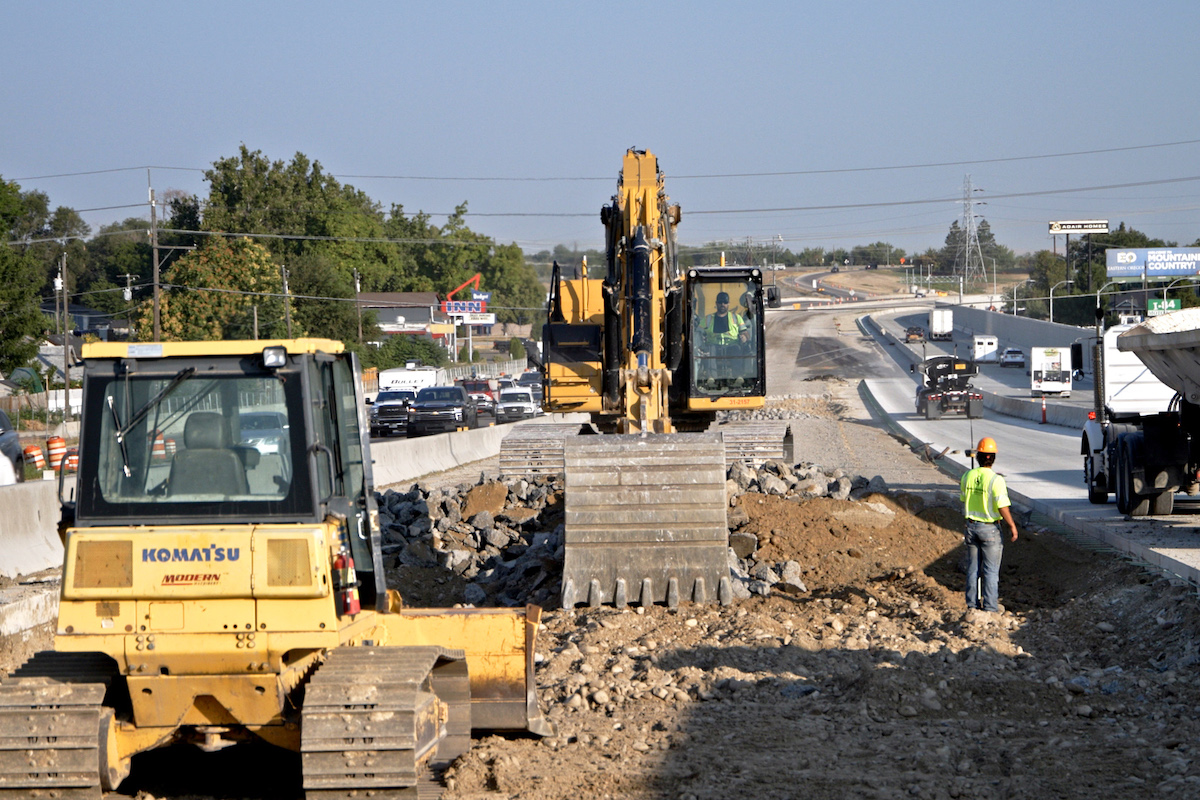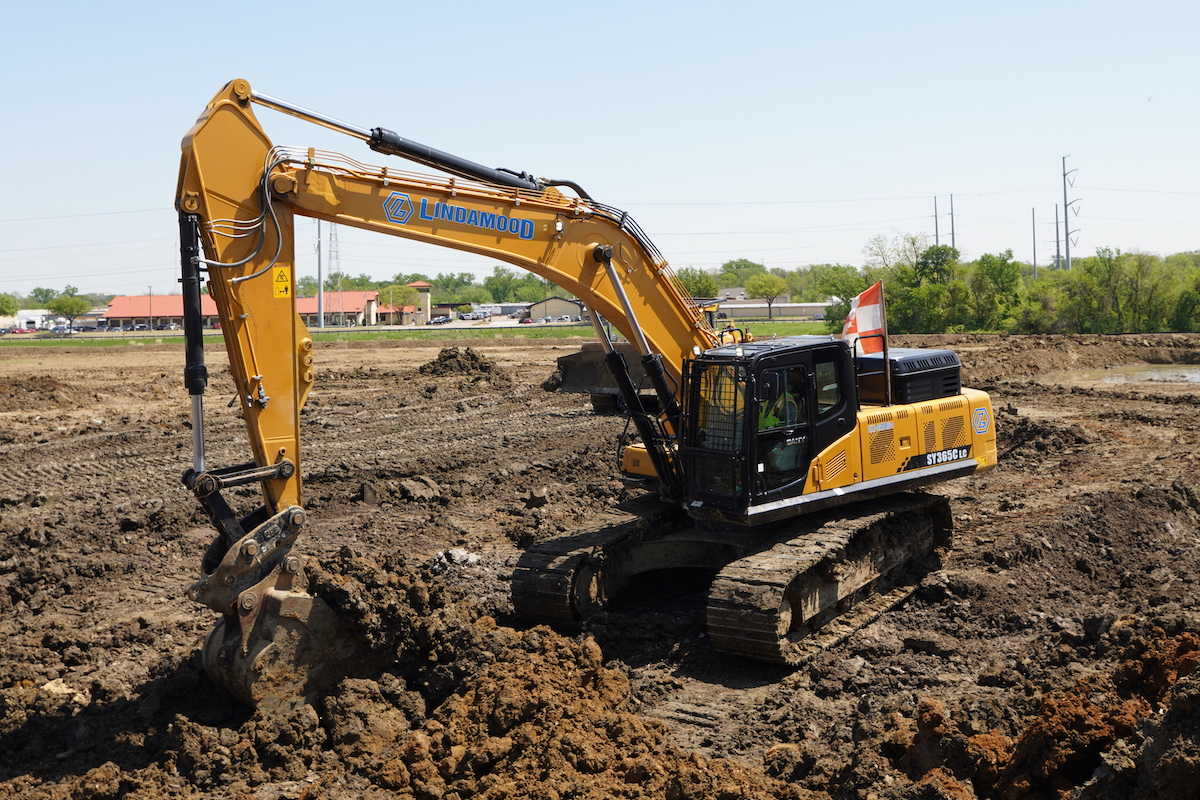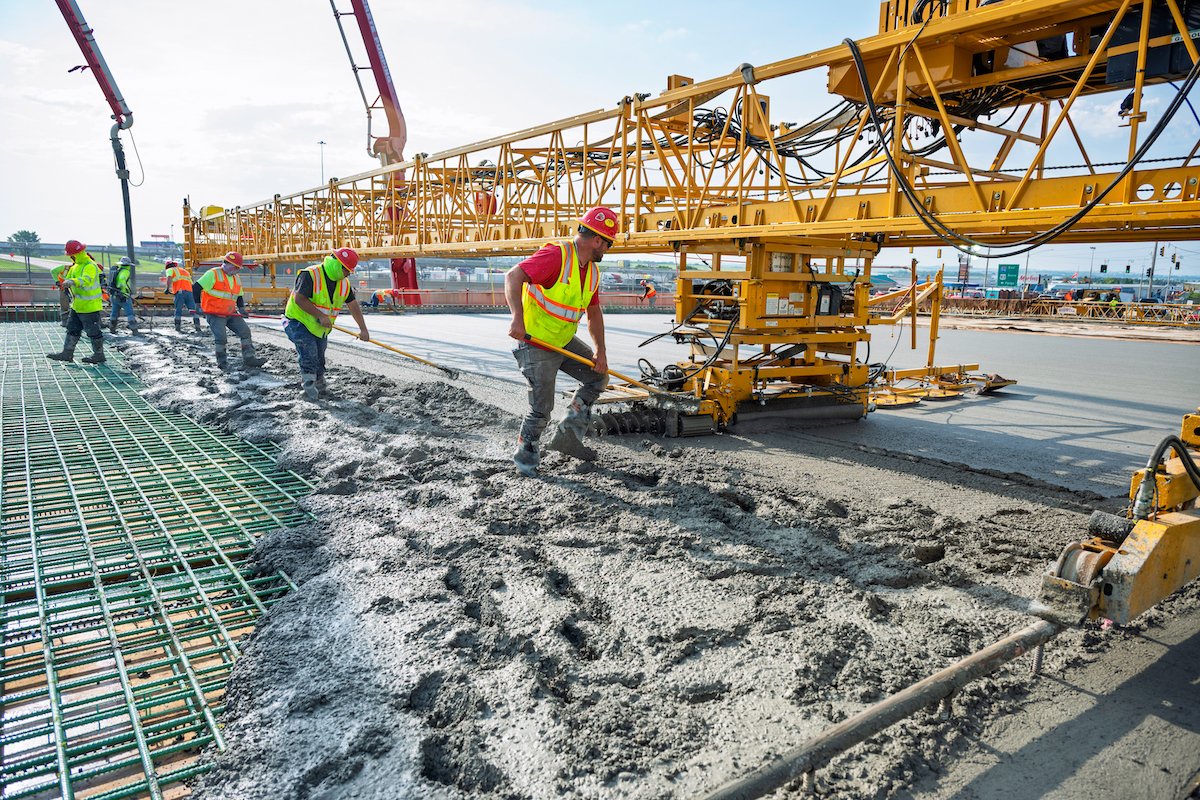Colorado is home to the largest Rocky Mountain elk herd in North America, as well as thriving populations of other big game species such as mule deer, bighorn sheep, pronghorn, moose, mountain lions, and black bears.
Also in Colorado, more than 4,000 wildlife-vehicle collisions are recorded each year over its 23,000 miles of highway.
According to Colorado’s Senate Bill 22-151 (Safe Crossings for Colorado Wildlife and Motorists), the crashes result in injuries and fatalities to humans at an estimated $80 million annually in property damage, emergency response, and medical treatment.
“That's smashed up cars, that's injuries, and yes, even fatalities,” said Chuck Attardo, I-25 South Corridor Environmental Manager, Colorado Department of Transportation (CDOT). “It’s a very big issue in our state. A lot of collisions don't go reported, and we're trying to get a better handle on that right now.”
In a 4-mile gap between wildlife underpasses, CDOT, the Federal Highway Administration, Colorado Parks and Wildlife, and Douglas County — along with Colorado construction crews led by heavy civil contractor Kraemer North America — are building the largest wildlife crossing east of the Rockies.

| Your local Gomaco dealer |
|---|
| Faris Machinery |
| Tri-State Truck & Equipment Inc |
“Construction began in January this year, and we're going to be done before Christmas,” Attardo said.
Located in southern Douglas County’s I-25 South Gap Corridor between the towns of Castle Rock and Monument, Colorado, the 200-foot-wide and 209-foot-long Greenland Wildlife Overpass will span six lanes of traffic, where over 100,000 vehicles travel per day.
CDOT’s safety analysis showed a high amount of wildlife vehicle collisions in the corridor. Douglas County, Colorado Parks and Wildlife, and CDOT’s traffic engineers knew they had to construct a wildlife mitigation system for the I-25 South Gap project.
“The other thing that showed up was that the wildlife vehicle collisions were responsible for at least 10 percent of the travel delays on the interstate,” Attardo said. “You don't have that issue anywhere else in Colorado.”

| Your local Volvo Construction Equipment dealer |
|---|
| Faris Machinery |
The Greenland Wildlife Overpass will link almost 40,000 acres of Douglas County open space with Pike National Forest.
According to CDOT, sensitive areas between Castle Rock and Monument are the last, and most important, connection for wildlife between the mountains, the foothills, and the plains left on the front range.
“It’s extremely important because those herds were becoming genetically isolated. They were sort of sticking around in their own herd, and there wasn't a lot of genetic diversity going on,” Attardo said. “Not soon, but eventually those herds are going to die out.”
“By allowing elk on the east side to get over to the west side, we're strengthening the genetic diversity of all the herds in the area, which goes along with everybody's mission,” Attardo added.

| Your local Bobcat dealer |
|---|
| Ditch Witch West |
| Faris Machinery |
| Romco Equipment Co |
That mission, for CDOT, is to provide safe travel for motorists along Colorado highways. CDOT’s sister agency, Colorado Parks and Wildlife, shares that vision, but also is responsible for managing one of the state's most precious resources: an estimated $5 billion a year economic boost to Colorado’s economy that comes straight through wildlife-related recreation, such as hunting.
A total of $22 million for the project came through the U.S. Department of Transportation's (USDOT) Wildlife Crossing Pilot Program (WCPP) grant, which required a 20 percent match. $8 million was also provided by CDOT's Faster Safety Program with a contribution of $7.5 million, along with $500,000 from the Colorado Wildlife and Transportation Alliance.
“CDOT’s engineering estimate for construction was $30 million. Kraemer NA ended up with the winning bid at $15 million. That’s $15 million less than we thought. That’s unheard of in these times,” Attardo said. “We are in the process of figuring out how to give some of the WCPP money back to the USDOT because we ended up with more money than we needed to construct the project.”
While the wildlife mitigation systems are expensive, Attardo claims they may pay for themselves in less than 20 years due to fewer accidents and ecological connectivity.

| Your local Trimble Construction Division dealer |
|---|
| SITECH Northwest |
| SITECH Rocky Mountain |
| SITECH Southwest |
“This is the first time in our nation's history that there is a program for wildlife mitigation,” Attardo said. “We were notified December 2023 that we were successful in our grant application for the very first issuance of that program with one of the largest awards in the country.”
“That was the whole premise for this overpass: what's the importance of safe passage?” he added.
The Federal Highway Administration’s “Wildlife Crossing Structure Handbook: Design and Evaluation in North America” states that landscape bridges are often better suited for large mammals.
“We constructed five wildlife underpasses in the corridor, three of which are some of the largest in North America,” Attardo said.

| Your local Gomaco dealer |
|---|
| Faris Machinery |
| Tri-State Truck & Equipment Inc |
“But animals are like people; they like choices. The elk and the pronghorn — they prefer overpasses,” he said. “We built these for the elk specifically, but I think the pronghorn are going to use it too.”
In order for animals to use the land bridge, the team needed to make it look like their home. They are copying the habitats on either side of the overpass to create that familiar feeling for the wildlife.
According to Attardo, the land bridge will have 3 feet of soil on top of the concrete deck. Approximately 60 or 70 native species will be planted on top to mimic the natural landscape.
Five-foot walls above the soil on either side of the bridge will provide a visual screening, benefitting both the wildlife and the drivers. Two cameras will be placed on the bridge that will be tied into CDOT’s traffic control center, taking 24/7 video of the overpass.

| Your local Gomaco dealer |
|---|
| Faris Machinery |
| Tri-State Truck & Equipment Inc |
“We want to share animal crossings with the public, so those cameras are key to this whole thing,” Attardo said.
“There's almost 100,000 cars a day going through there,” he added. “The animals need to feel sort of safe from that, and the drivers can't be seeing animals go across the bridge or else they'd be stopping on the middle of the interstate to try to take pictures.”
Construction, which began in January this year, was already 50 percent complete in July, on time and under budget.
“Kraemer North America is one of the best contractors I've ever worked with,” Attardo said. “They are extremely efficient at construction.”

| Your local Gomaco dealer |
|---|
| Faris Machinery |
| Tri-State Truck & Equipment Inc |
Kraemer, who also constructed the adjacent I-25 South Gap project, was familiar with the location and its challenges.
“They had the best ideas because one of the challenges for the project was we're going to be setting these huge, honking girders, some of the biggest girders in the state,” Attardo said.
The 76 8-foot-tall, 168-foot-long steel girders were set by using a Liebherr crane in eight nights, which Attardo claims is a record. Temporary asphalt detours around the construction site were implemented to prevent an interstate shutdown.
With the superstructure in place, the crew began using concrete pump trucks to construct the abutment walls that hold soil, creating the sides of the wildlife overpass.

| Your local Gomaco dealer |
|---|
| Faris Machinery |
| Tri-State Truck & Equipment Inc |
Once the walls are complete, they will help to support the vegetation and soil that will be transformed into a safe passageway for animals.
“People think of us as an engineering and maintenance agency, but we have some good biologists here too,” Attardo said.
Attardo credits the CDOT biologists with the intriguing overpass design feature.
“We needed these walls, and cameras to track the animals, and [to] share it with the public,” he said.

| Your local Gomaco dealer |
|---|
| Faris Machinery |
| Tri-State Truck & Equipment Inc |
The design of the I-25 Gap four underpasses incorporated small mammal crossings inside the large overpasses, so the small mammals were not getting killed by coyotes and bobcats.
“There's actually coverage for small mammals to move through the underpasses, and we literally have tens of thousands of pictures of animals using the small mammal underpasses, including a federally threatened species using it on the overpass as well,” Attardo said.
Attardo praises the collaboration and research that produced their life-saving design.
“There was the most cooperation I've ever seen in my work history,” he said. “We had a group of 40 to 50 people, all types of engineers, as well as biologists, and leadership working together to design all these structures. There was this great orchestra going back and forth.”

| Your local Gomaco dealer |
|---|
| Faris Machinery |
| Tri-State Truck & Equipment Inc |
According to CDOT, the remaining work includes building the bridge superstructure over the girders, pouring the concrete bridge deck and tying into abutments, building walls, grading slopes, preparing the soil and wildlife landscaping, and installing wildlife fencing.
Attardo also acknowledges the project’s political and land use success. Douglas County commissioners provided local support for funding and approvals, while landowner John Malone — who owns a significant portion of the land where the project is being developed — cooperated on property rights, a step which often stalls infrastructure projects.
“We didn't give up, and we did that by aligning ourselves [with] people who really believed in the project,” Attardo said. “Everybody's been affected by it, and everybody wants to see progress. It doesn't matter who you are, what political affiliation you are. You want to see progress in this area.”
The Greenland Wildlife Overpass is expected to be structurally completed in late 2025, with landscaping, fencing, and final habitat work to finish in 2026, creating a new model of safe passage for American highways.

| Your local Gomaco dealer |
|---|
| Faris Machinery |
| Tri-State Truck & Equipment Inc |
- Owner: Colorado Department of Transportation (CDOT)
- General Contractor: Kraemer North America, Plain, Wisconsin (with Colorado offices in Castle Rock and Denver)
- Designer/Engineer: CDOT Region 1 Engineering Staff and CDOT HQ Structures Engineering Staff Photos courtesy of Consor KNA CDOT

